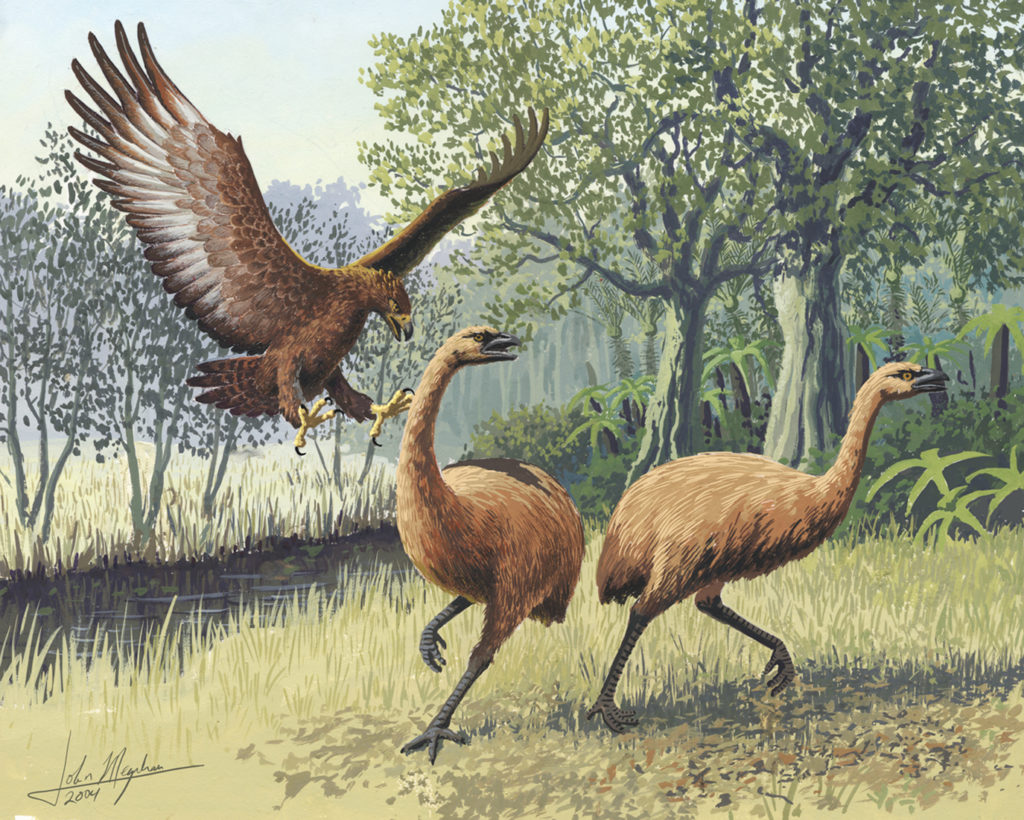Control possums, rodents and large introduced grazers and the forest understorey explodes with growth. It’s easy to think that this is what the original forests of Aotearoa must have looked like, before Man and other mammals arrived. But ancient Aotearoa had its own large herbivores – the various moa species, that grazed the forest understorey. … Continue reading Moa vs Deer – are they so different?
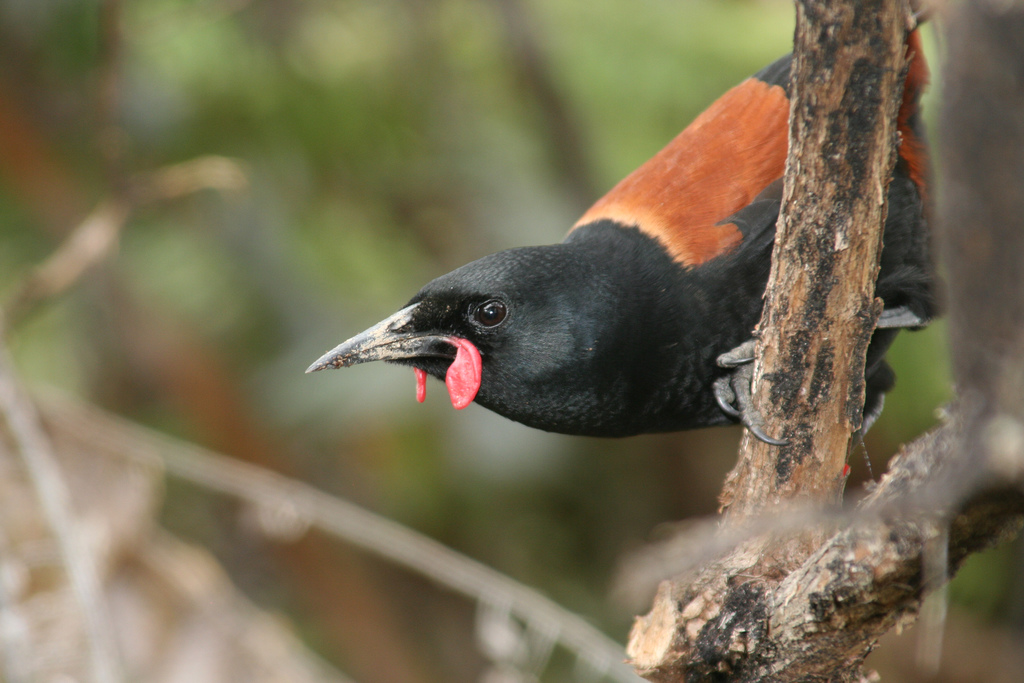
Bushy Park-Tarapuruhi Forest Sanctuary and Historic Homestead lies 25km north of Whanganui and has a long history of community-led conservation, going back to the early 1960s. “It’s had its ups and downs,” according to Mandy Brooke who has managed the Sanctuary since 2014, “but it’s an amazing example of long-term conservation. The forest is a … Continue reading Community-led conservation dates back to 1960s at Bushy Park-Tarapuruhi
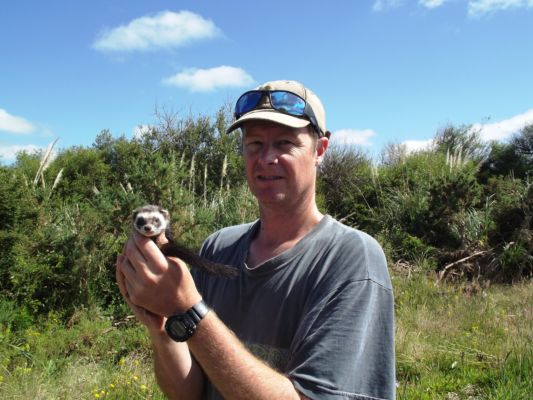
Monitoring is an essential part of measuring the success of a predator control programme, but monitoring methods used in forests may not be directly applicable to wetlands. Tracking tunnels may not work, for example, where water levels fluctuate significantly. It was an issue that faced Department of Conservation researchers Craig Gillies and Matthew Brady at … Continue reading Monitoring methods trialled in Whangamarino wetland
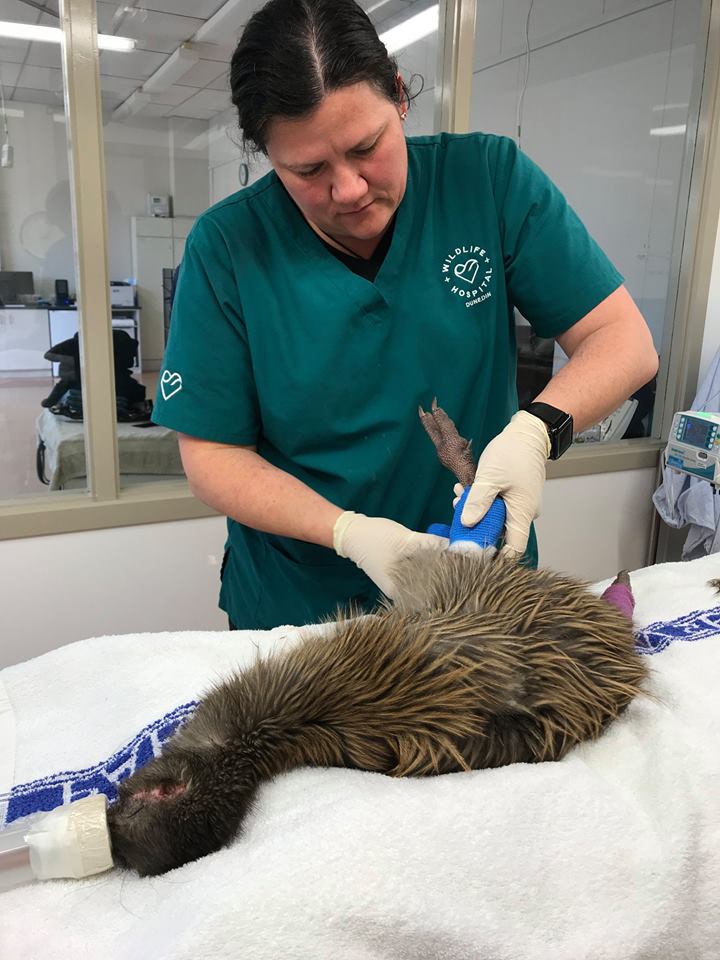
Injured and sick wildlife have been pouring into Dunedin’s new wildlife hospital since it opened just over a year ago. Some are sick and starving, others have had a close encounter with a shark, while a significant number of native wildlife were wounded during a narrow escape from people’s pets. Each patient has a story … Continue reading Wildlife Hospital patients show scars of narrow escapes
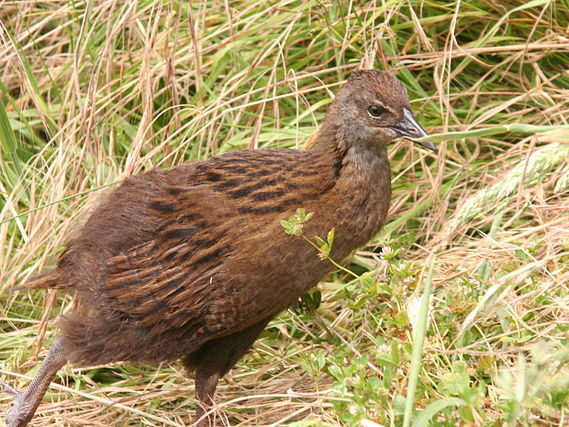
Weka are omnivores with a curiosity for anything new, which makes them vulnerable to 1080 poison. They’re known to swallow the types of pellets used in 1080 operations and for that reason, learning more about the costs and benefits to weka has been a recent research priority. Department of Conservation scientists Joris Tinnemans et al, … Continue reading Weka and 1080 – costs and benefits assessed
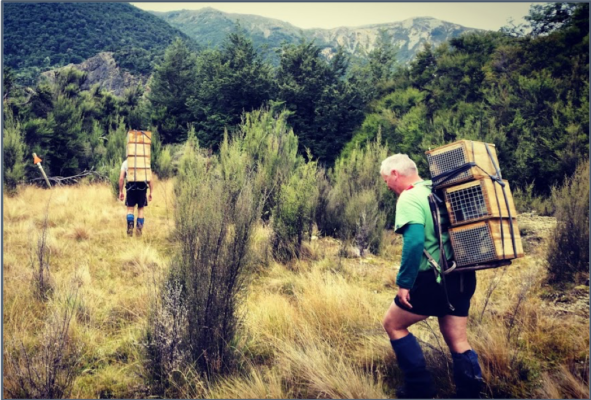
The New Zealand Conservation Trust (NZCT), based in Christchurch, has one of the largest kiwi breeding facility facilities in the South Island. They have an office at Willowbank Wildlife Reserve and work closely with Willowbank Wildlife Reserve staff who manage and care for three different kiwi species juvenile kiwi. Last season (2017-2018) over 56 kiwi … Continue reading NZ Conservation Trust raise kiwi and trap stoats
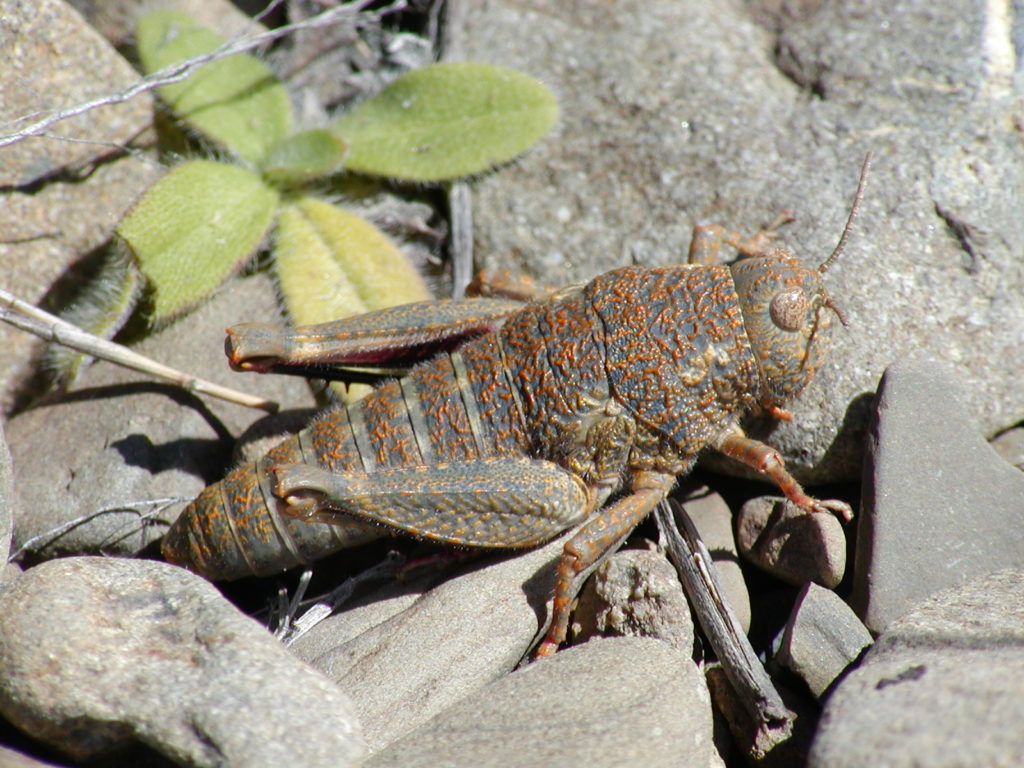
Insects get eaten too. Scientists have reported that invertebrates have been found in 10-30% of cat guts and scats in the Mackenzie Basin, suggesting high country invertebrates, including some rare endemic grasshoppers, could be vulnerable to introduced mammal predators. Christchurch-based researchers, Jennifer Schori, Richard Maloney, Tammy Steeves and Tara Murray investigate whether reducing mammal predators … Continue reading Insects get eaten too – so does predator control help grasshoppers?
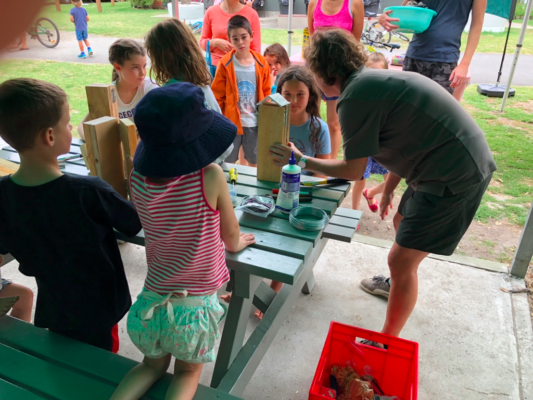
On any one day over summer there can be 1500 holiday-makers resident at the Hahei Holiday Resort in the Coromandel. General Manager, Grant Kilby describes it as being “a cruise ship on land”. And just like any ocean-going cruise ship, there’s a lot of work that goes on behind the scenes to make sure that … Continue reading Rat traps and weta hotels help wildlife at Hahei
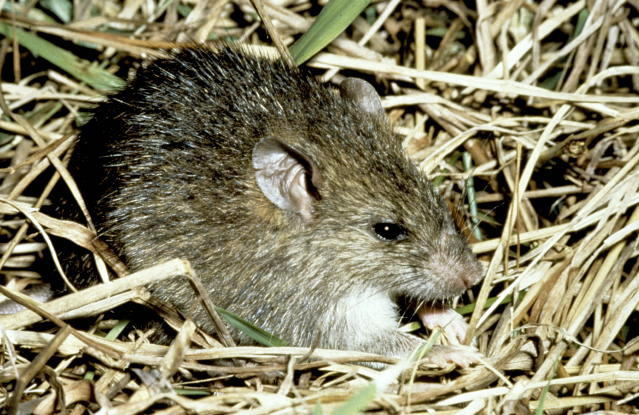
New Zealand researchers have been taking a closer look at the family histories of Man’s long-time travelling companion – the rat. Genealogy meets gene analysis in this study, carried out by Auckland University researchers James Russell, Judith Robins and Rachel Fewster and published this month in the international journal Frontiers in Ecology and Evolution. Kiore … Continue reading Rat genetics tracks invasion back through time
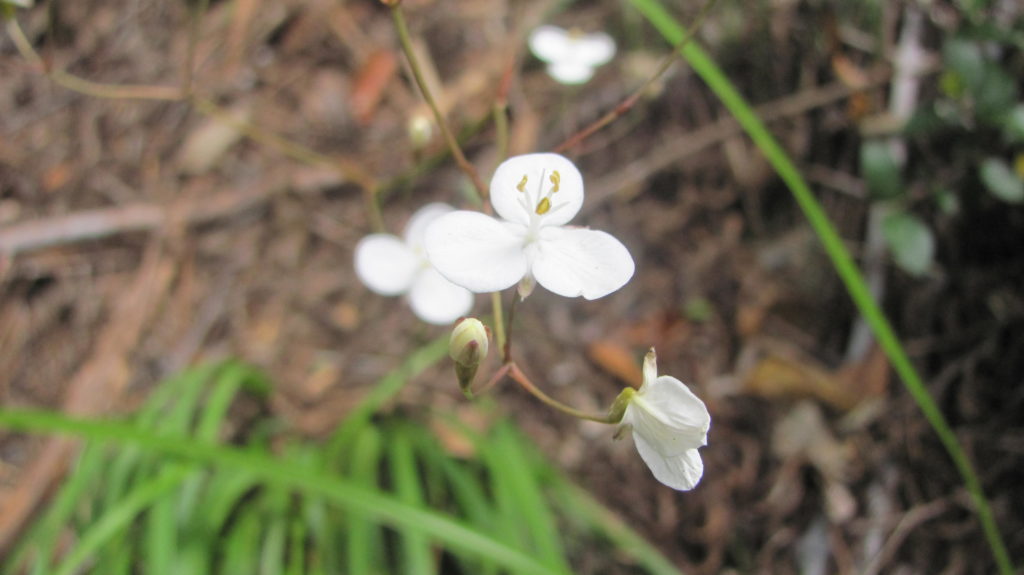
It’s not just native birds that the Tamahunga Trappers are keen to protect. There’s a native iris growing in their reserve that isn’t found anywhere else in the world. “One of our members is a keen amateur botanist and we keep a list of any new plants we discover,” says David Wilson, chairperson of the … Continue reading Tamahunga Trappers look out for rare plants as well as wildlife
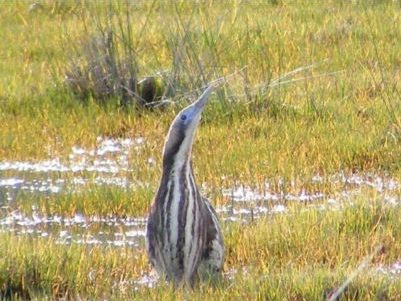
It’s a world-wide trend and New Zealand is not immune. Wetlands are being lost – 90% of New Zealand’s wetlands have disappeared since European settlement. “Freshwater swamps, bogs, gumlands, pākihi, fens, marshes and seepages, are estimated to have occupied 9% of the New Zealand land mass or 2,500,000 hectares prior to European settlement. It is … Continue reading Loss of wetlands continues
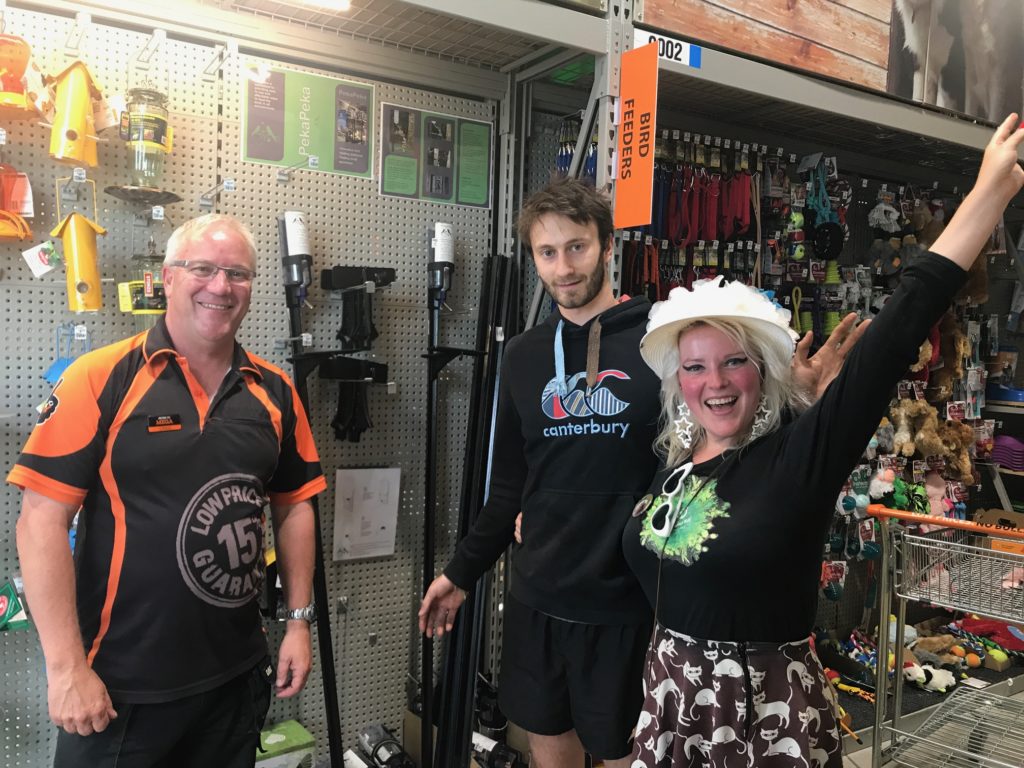
Harvey Penfold is a product design student, in his final year at Otago Polytech, Tahu Mackenzie is LEOTC (Learning Experiences Outside the Classroom) Education Officer at Orokonui Ecosanctuary just north of Dunedin and together they’ve designed an innovative bird-feeder. The PekaPeka was designed and tested as part of a Citizen Science project that is ongoing … Continue reading PekaPeka bird feeder is a winner for its Dunedin designers

Has your community group identified specific longterm conservation goals? What outcomes do you expect to see from the many hours of volunteer work that your team puts in? Have you thought about how your project contributes to the wider New Zealand Biodiversity Strategy? In a recent report published in the New Zealand Journal of Ecology, … Continue reading Community groups under the microscope
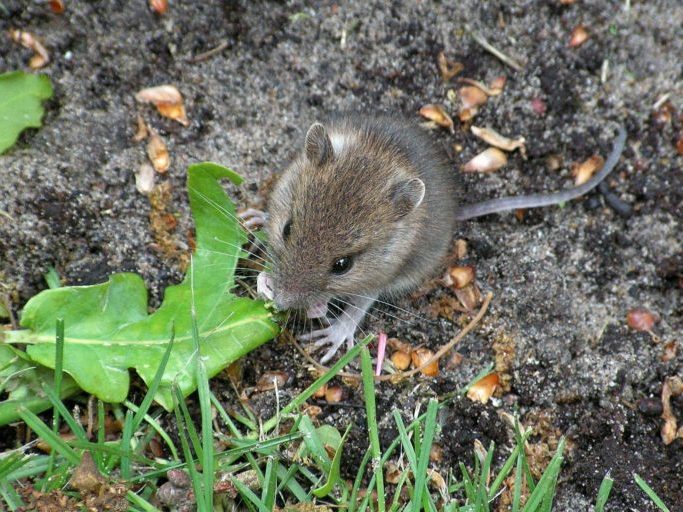
Many of NZ’s introduced mammal predators – including house mice – are good at climbing trees. To understand the impact they have on tree-nesting birds and other tree-living wildlife, we need to learn more about how predators use vegetation compared with the ground. Mice aren’t commonly found in trees, for example, but that changes in … Continue reading Tree-climbing habits of predators studied

Sometimes ‘old’ just can’t be beat! That certainly seems to be the case for old forest remnants, at least as far as our indigenous insects are concerned, according to research recently published in the New Zealand Journal of Ecology. Urban gardens can be full of plant variety and buzzing with insects. But take a closer … Continue reading Old forest remnant shows its worth
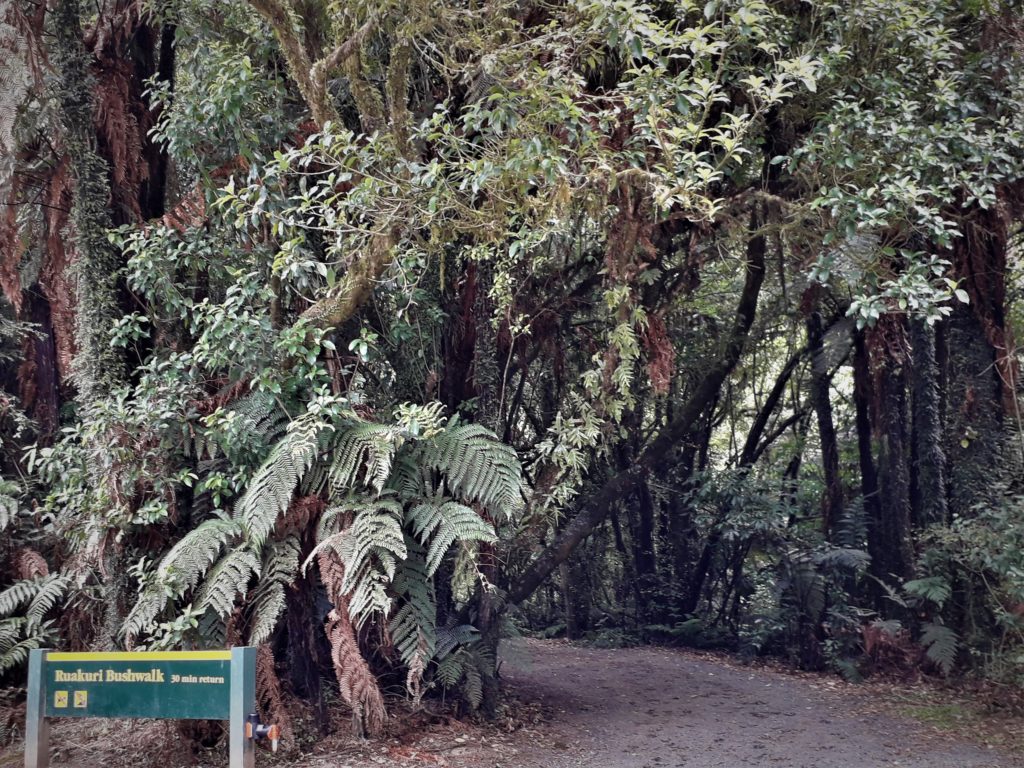
The Ruakuri Scenic Reserve, which includes New Zealand’s internationally renowned Ruakuri Cave, is an epic example of cave and karst landscape and sanctuary to New Zealand’s endemic and vulnerable fauna and flora, including long-tailed bats and bush falcons. It’s limestone country with caves and stalactites, limestone outcrops, tomo holes and disappearing streams. In recent years, … Continue reading Ruakuri’s unique karst landscape benefits from zero rat density
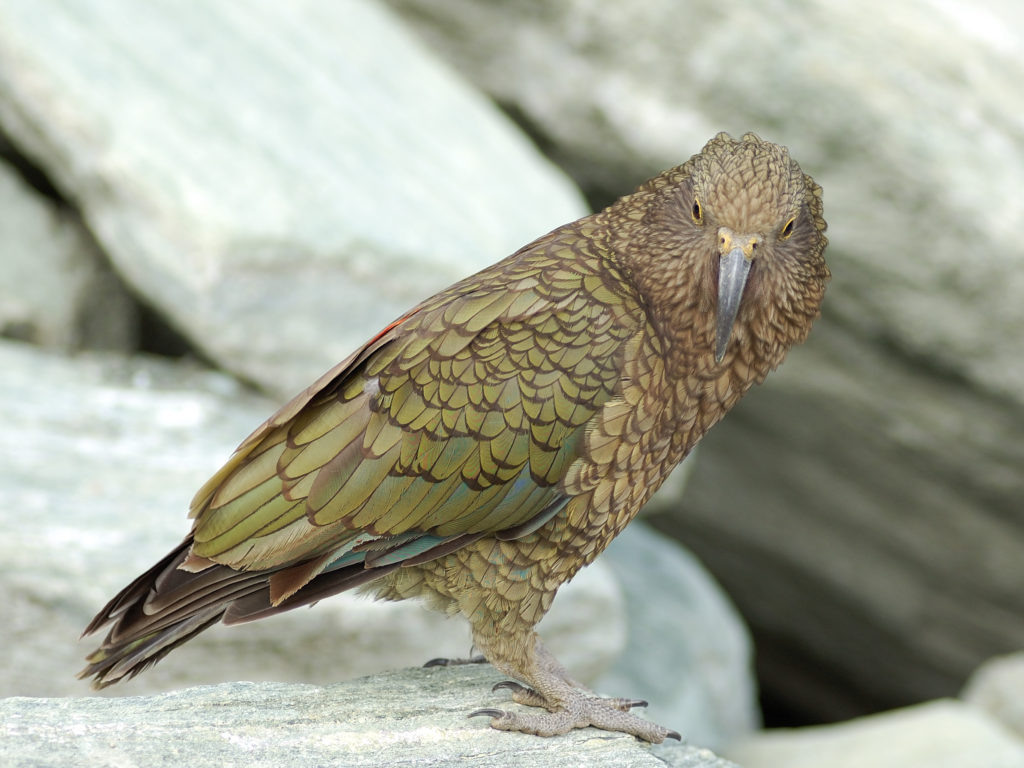
Predator control in kea habitat is mostly by aerial 1080 – and some kea are known to have died from eating the bait. It’s not an outcome that anyone wants to see. So what are the risk factors? What might be done to mitigate those risks and why do leading conservationists, including kea experts, think … Continue reading Kea survival during aerial 1080 – identifying the risks
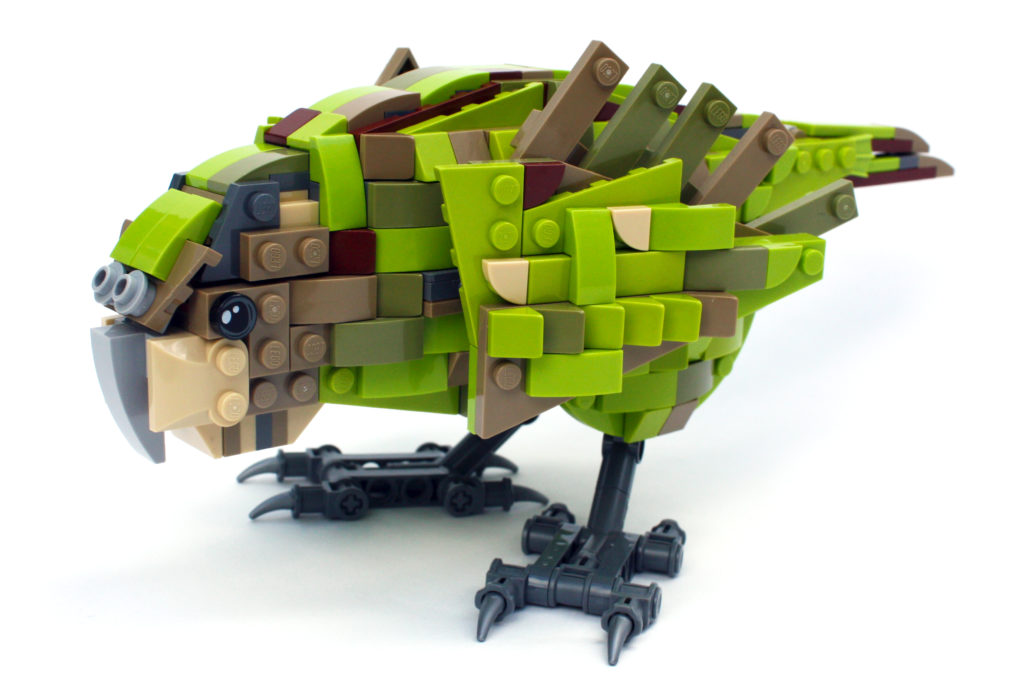
University student Hayden P. is a Lego enthusiast with a passion for New Zealand birds. If his latest Lego design – a kākāpō – reaches 10,000 supporters on the Lego Ideas website then the design will be considered for commercial release as an official Lego product to be sold worldwide. Come on New Zealand, let’s get … Continue reading Lego kākāpō design needs 10,000 supporters
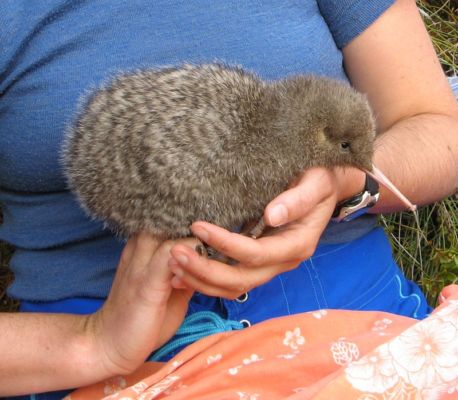
Most wild birds and animals don’t survive long if they go blind. Not so, our kiwi. The discovery of otherwise healthy, but blind wild kiwi living successfully on the South Island’s West Coast has revealed just how little kiwi rely on their visual senses. For kiwi, it’s all about smell, hearing and vibration. Most birds … Continue reading Blindness no big deal for Okarito wild kiwi
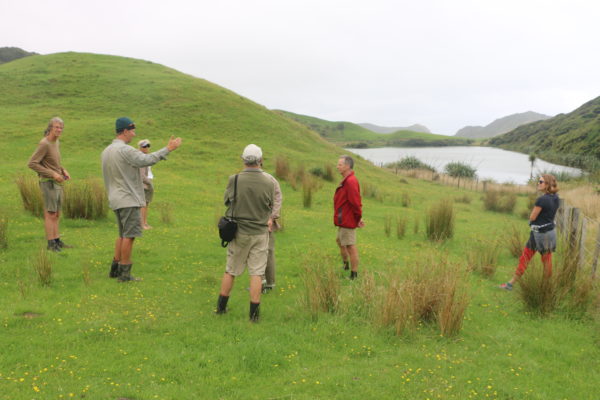
The first time that 80 double-trap DOC 200s were set out at the Wharariki Onetahua Restoration site they caught 29 rats and 25 stoats! Some traps caught two predators! Catching 25 stoats off 80 traps is an awesome total – but think about what that says about the sheer army of predators that wildlife at … Continue reading Protection and accessibility are key goals for Wharariki Onetahua Restoration
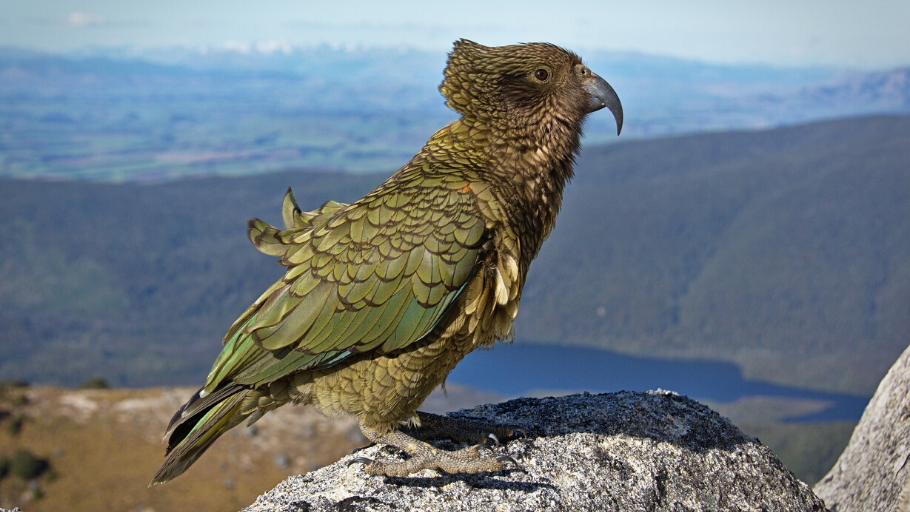
Not only do kea nest on the ground, but it takes about 4 months from egg-laying until kea chicks fledge. Four months is a long time to be sitting on the ground facing off the local stoats. Kea eggs, chicks and even adult incubating females are very vulnerable to predation. Aerial application of 1080 can … Continue reading Kea and 1080 – nesting success demonstrated
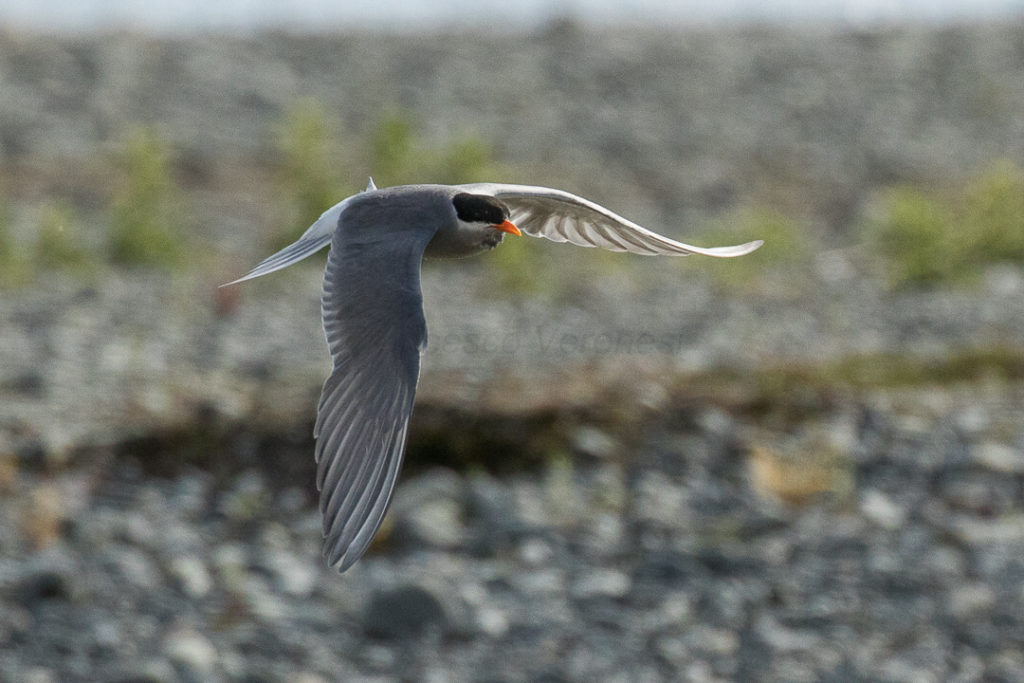
Researchers from the University of Otago and Department of Conservation have been investigating how to improve the plight of our endangered black-fronted terns in research recently published in the New Zealand Journal of Ecology. Traps, bait stations and a Komatsu bulldozer can all help make riverbed nest-sites safer. But one key predator was still undeterred … Continue reading Clearing river islands may help nesting terns

Dai Morgan says there’s a job for everyone in the Parihaka Landcare Group. “It’s not too onerous. There are different grades of work. It’s usually one Sunday a month and all done in three hours. The traplines can be checked in small sections,” he adds. “If we get enough people, we can do it very … Continue reading Parihaka volunteer roles ‘not too onerous’ and everyone welcome
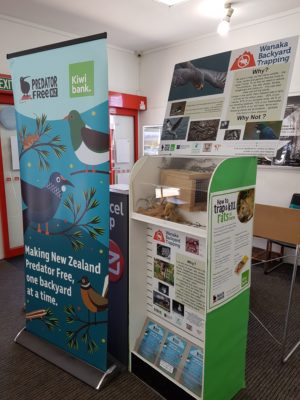
Since forming in Feb 2018, the Wanaka Backyard Trapping Group has been going from strength to strength. “The Post Shop approached us about putting up a display,” explains the group’s co-ordinator, Kris Vollebregt. “It was great. Customers were all standing in the Post Shop queue line by the display – it’s a captive audience! The … Continue reading Post Shop and workshops help new Wanaka group recruit backyard trappers
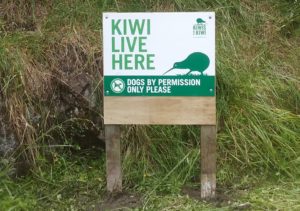
As families and sometimes pets head off to holiday spots for summer, now is a good time to remember that dogs – even Pekinese and the family poodle – can be a deadly threat to kiwi. An exploratory grab can crush the fragile bones of a bird’s chest, even if the dog is ‘retrieving’ rather … Continue reading Study evaluates kiwi aversion training for dogs
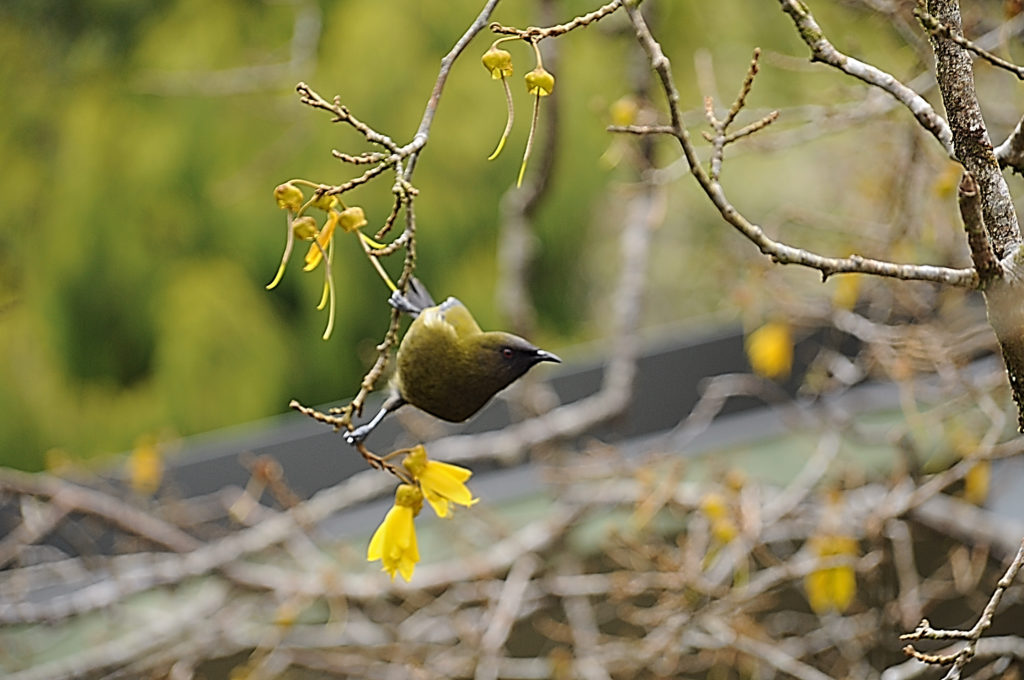
Rifleman are spreading across Martins Bay in Fiordland and there are more kakariki and kaka – “lots more than ever encountered before”. Those are just some of the encouraging results reported after the latest bird counts commissioned by the Hollyford Conservation Trust and carried out by Te Anau company ‘Mainly Fauna’. “We have had anecdotal … Continue reading Latest bird survey confirms Hollyford Conservation Trust success
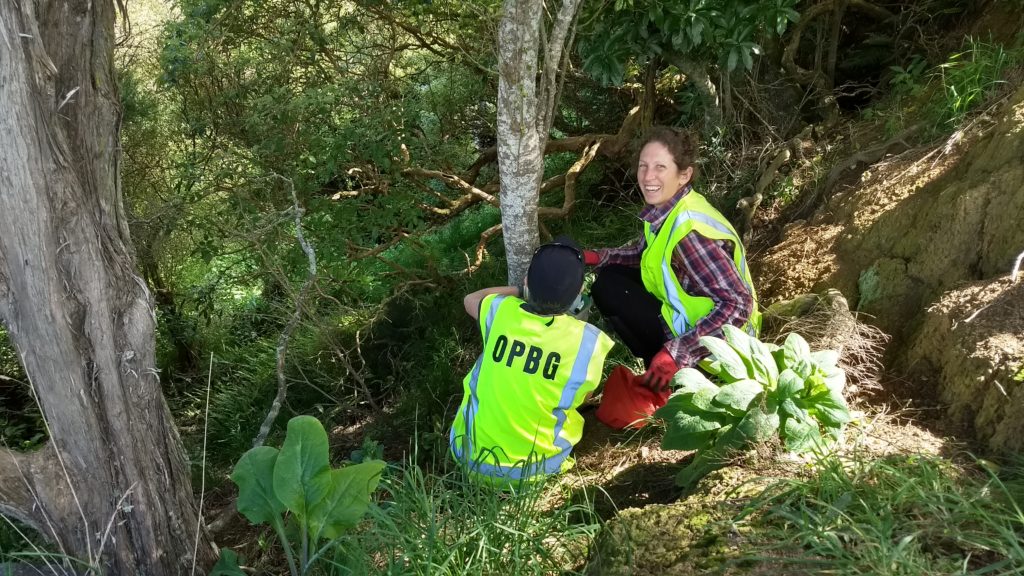
New Zealand’s regional councils have just released a ‘think piece’ on the future of biodiversity management in New Zealand. “Our native flora and fauna is a taonga that does much to define us as a nation. It’s also under threat, and we are losing ground in many cases. This timely thinkpiece suggests how we could … Continue reading Regional Councils tackle biodiversity challenge
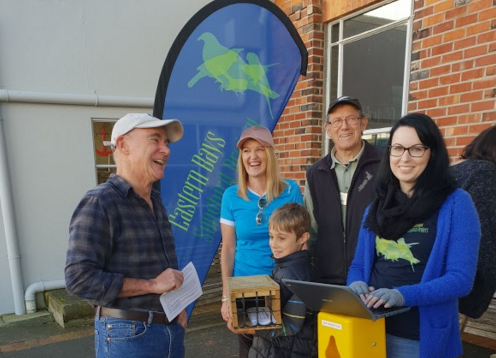
Five Auckland suburbs, 16,000 households – if you think it sounds like an ambitious trapping project, you’re not far wrong. Innovative ideas, funding support and well thought out planning are all going to be crucial in the months and years ahead for the Eastern Bays Songbird Project. The backyard component of the trapping programme is … Continue reading Eastern Bays Songbird Project ambitious and innovative
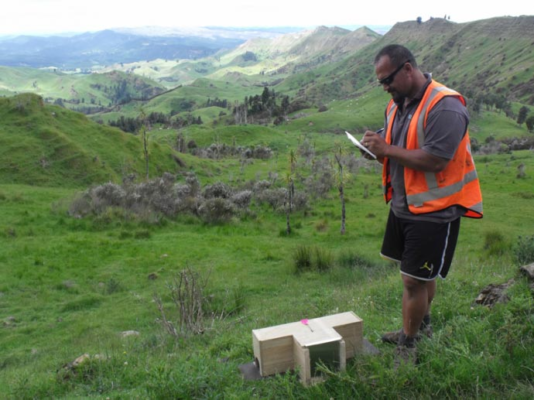
Predator control for conservation purposes tends to focus on reserves, sanctuaries and remnants of native habitat rather than open pastures. When researchers publish articles on pastural predator control, they’re generally focused on possums and TB eradication. But landscape scale predator control on multi-tenure farmland is increasingly playing a part in Predator Free 2050 goals and … Continue reading Hawke’s Bay study shows predator control contributes to farmland biodiversity
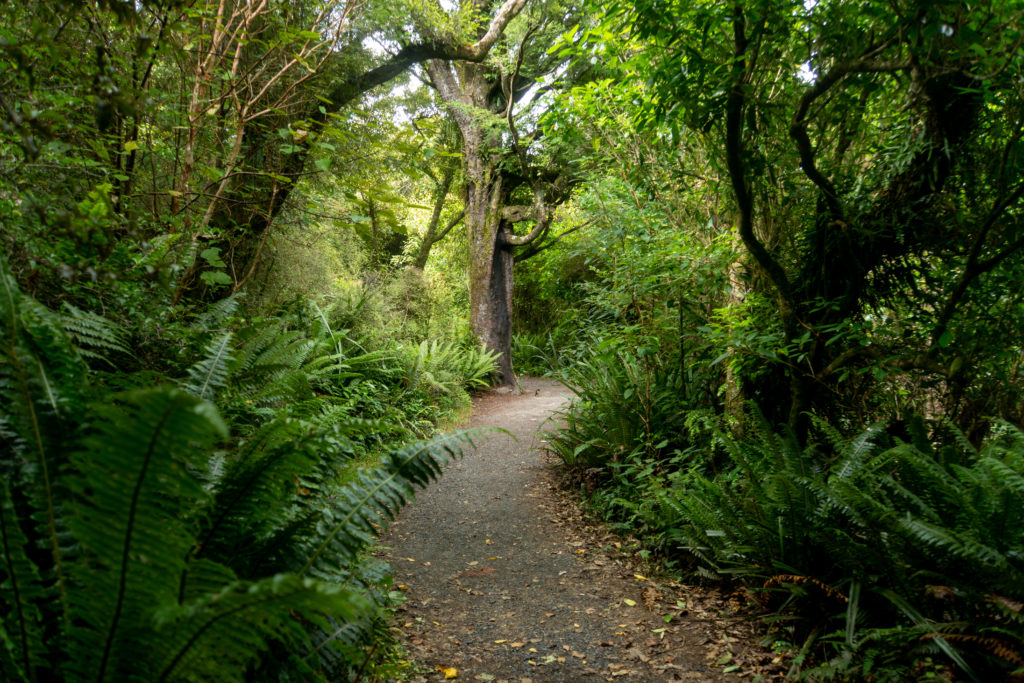
It’s the new group on the block. Predator Free Dunedin launched just a few weeks ago in early October. But while the umbrella organisation is newly formed, it’s made up of 20 well-established Dunedin volunteer groups and larger organisations representing a wealth of Otago conservation experience. “Predator Free Dunedin includes big institutions like the University … Continue reading Otago groups join forces for Predator Free Dunedin
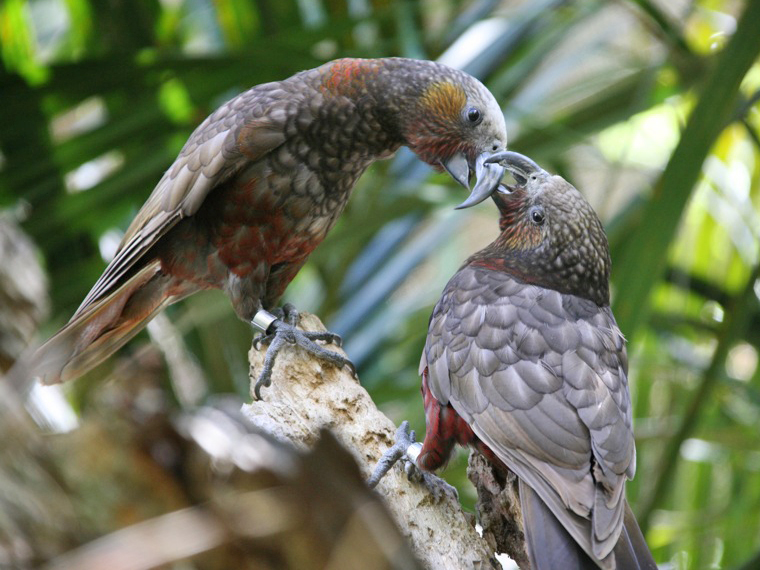
Suburban gardens, city parks, reserves and thoughtfully planted urban spaces can mean that our cities are surprisingly diverse in plants and habitats. But so far reintroductions of native species have been restricted to islands, fenced sanctuaries and remote habitats. If there’s a sanctuary close to your suburb, like Zealandia for example, you may reap the … Continue reading Urban reintroductions – going wild in city spaces
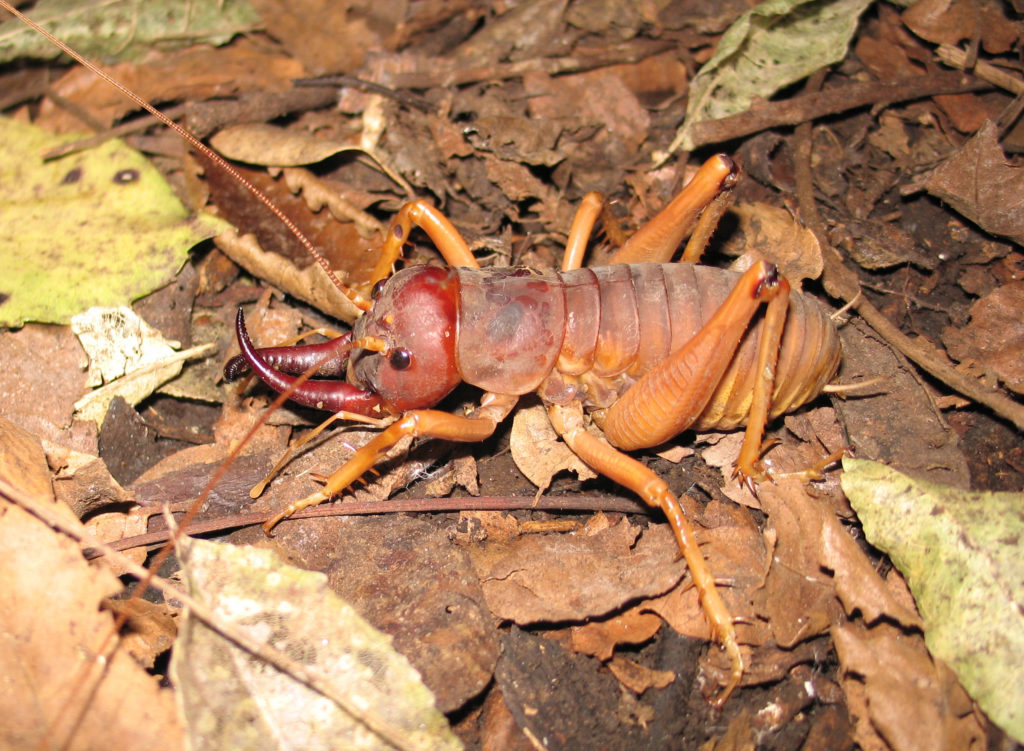
The research happened a decade ago now – this paper was published back in 2008 – but how many people have even heard of the large, carnivorous Mercury Island tusked weta (Motuweta isolata), let alone the extraordinary story of its step back from the cliff-face of extinction? Despite its large size (adult body length 46–73 … Continue reading How a tusked, carnivorous weta was saved
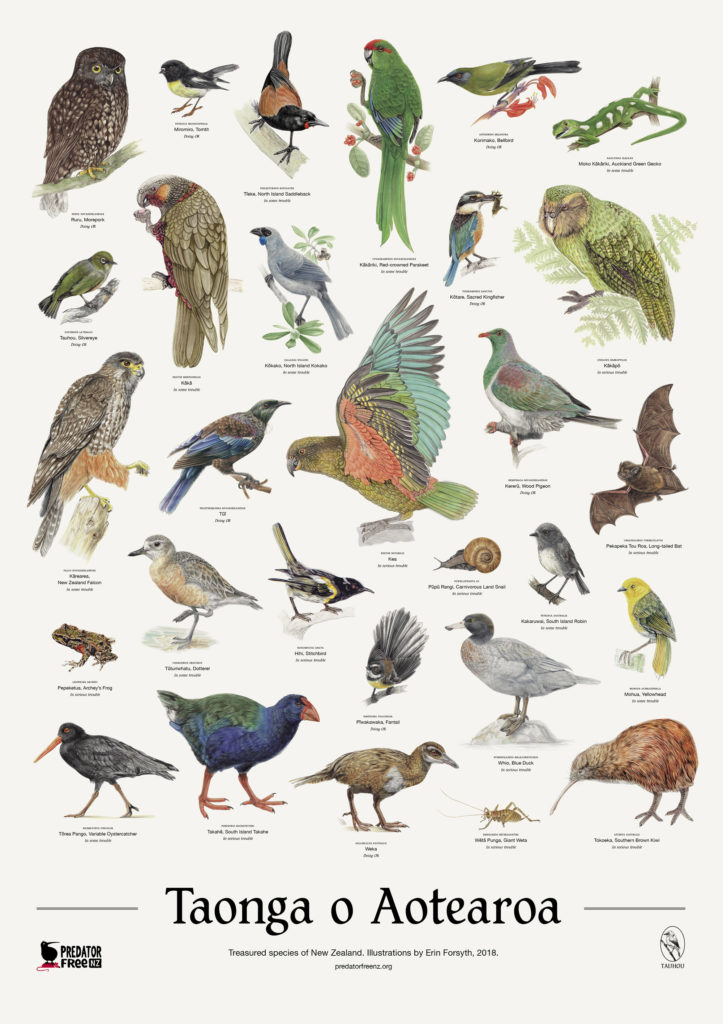
We commissioned local artist Erin Forsyth to help us create a stunning poster featuring some of our native species – Taonga o Aotearoa. Our aim is to get the poster into every classroom and DOC hut in the country to help remind people what we’re protecting by creating a predator free New Zealand. Most Kiwis will have a … Continue reading We’ve teamed up with NZ illustrator to create iconic wildlife poster

Got a ferret you’re struggling to trap? How about using a milk bottle top filled with milk for a lure? It worked a treat for one child taking part in the Forest Bridge Trust’s award-winning CatchIT schools programme. “Children are natural innovators,” says Liz Maire, educator for the Trust. “Some of them have discovered things … Continue reading CatchIT’s ‘natural innovators’ brimming with ideas for trapping
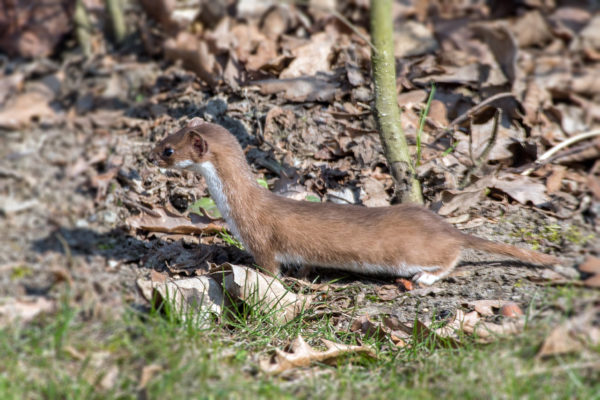
You don’t hear so much about weasels. Their New Zealand distribution is patchy and their bigger mustelid relatives tend to dominate the mammal predator stories. But when there was a mast year in 2014, weasels as well as stoats turned up in the beech forests of Nelson’s Maruia Valley to feast on the bonanza of … Continue reading Weasels studied during Maruia masting event
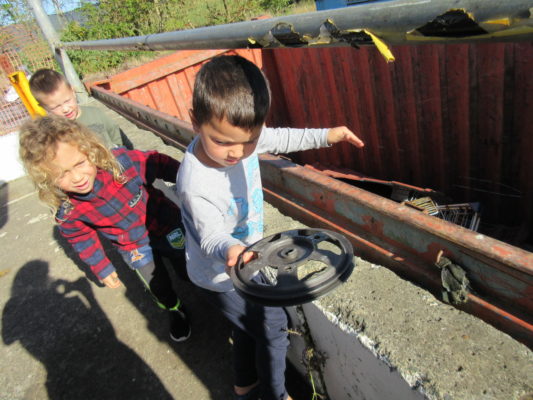
They’re some of the youngest members of Ahipara’s small seaside community, but the children of Ahipara Sandhoppers are doing everything they can to help their environment from picking up rubbish, to growing plants for butterflies, trapping predators and even deconstructing broken appliances for recycling. What’s more – these Kaitiaki Kids haven’t even started school yet! … Continue reading Ahipara youngsters lead the way
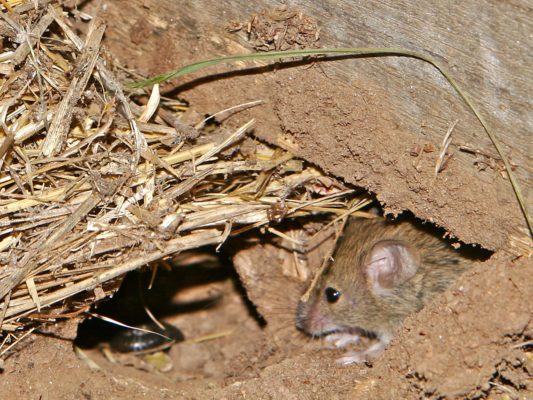
It’s not quite a sugar-coated pill, but the principle is similar – a nice flavoured coating that not only encourages rodents to take the bait, but also protects the toxic cereal bait within from deteriorating over time and going mouldy. Norway rats, in particular, have been found to avoid mouldy bait. Research recently published in … Continue reading Researchers study new ways to stop bait going mouldy
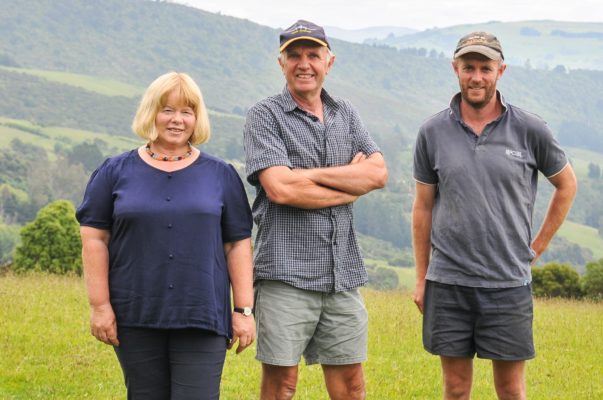
With Orokonui Sanctuary nearby and the virgin forest of the Mihiwaka Reserve bordering their sheep and beef farm, Port Chalmers farmers John and Shona Chapman along with their son Robert and his family, had some good reasons for trapping predators on their own land. “We started trapping on the farm about two years ago, mainly … Continue reading Port Chalmers farming family helps keep ‘Halo’ free of predators
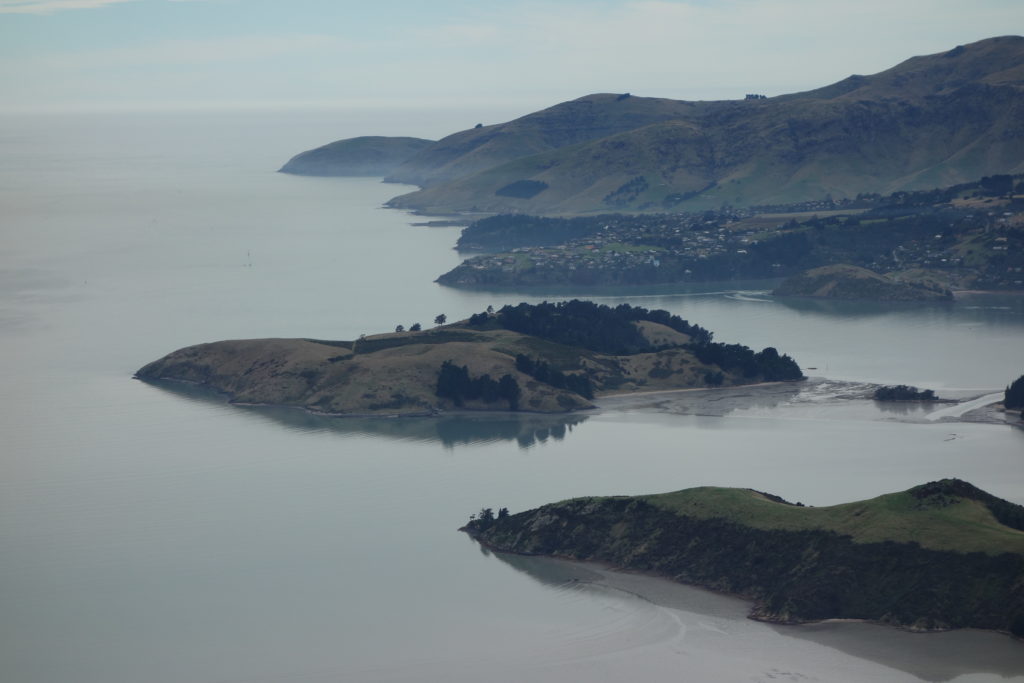
Canterbury’s Quail Island Ecological Restoration Trust has been working with Department of Conservation staff and researchers from Lincoln and other universities to eradicate introduced mammals from the island and document their processes, successes and learning outcomes in an article recently published in the New Zealand Journal of Zoology. “Ōtamahua/Quail Island is an 85 ha Recreation … Continue reading Lessons learned in combating mice on Quail Island
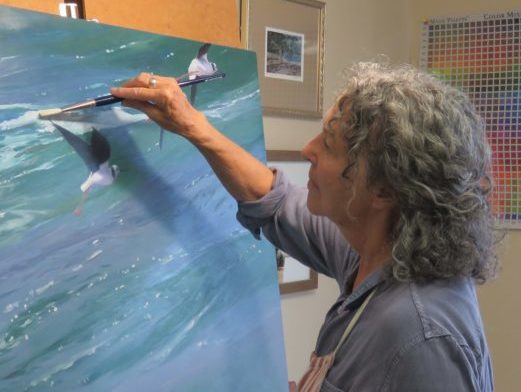
Adele Earnshaw grew up in rural Warkworth on a 7-acre property that edged a river, a tributary of the Mahurangi River and with a huge area of native bush nearby. Kiwi have always been special to her. “During my childhood I was always looking for kiwi,” Adele remembers, “But Dad used to say, ‘no Dell, … Continue reading Adele Earnshaw uses art to help Opua kiwi
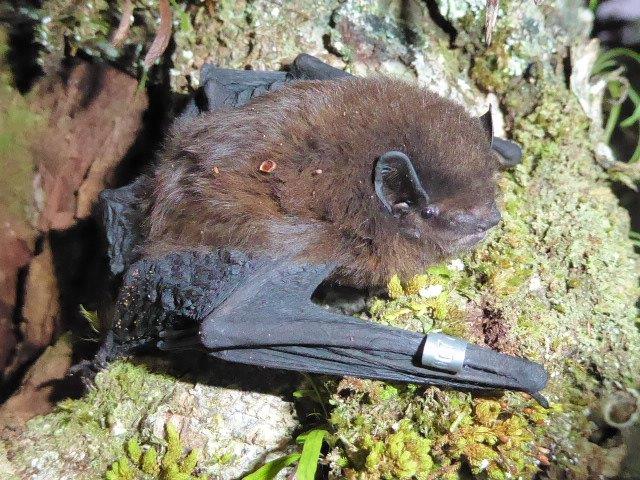
Conservation articles can be full of doom and gloom and struggle. But what about the success stories out there? An article just published online in the Journal of the Royal Society of New Zealand looks at 7 conservation success stories from the last 30 years. But first of all, how do you define a conservation … Continue reading Identifying the success stories in conservation
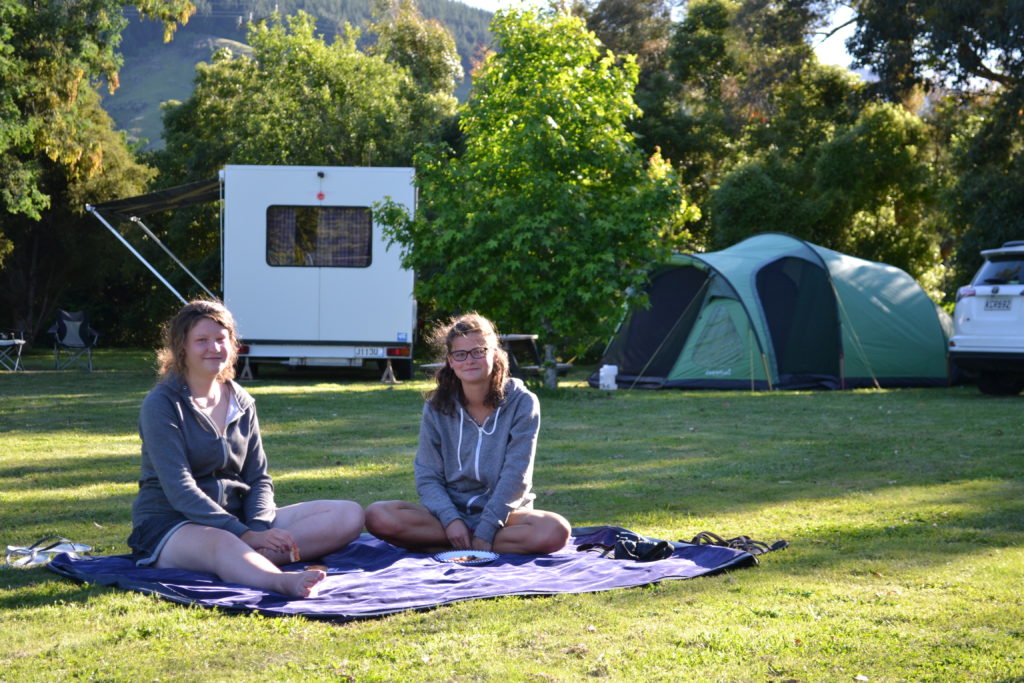
Both Chris and Barbara Faulls used to have careers in the military. It meant an adventurous life with postings to all sorts of locations around the world, but in 1996 they made the decision to return to the remote beef farm in the Marlborough Sounds where Barbara had grown up. “We got to the point … Continue reading Family swaps military life for remote Marlborough Sounds
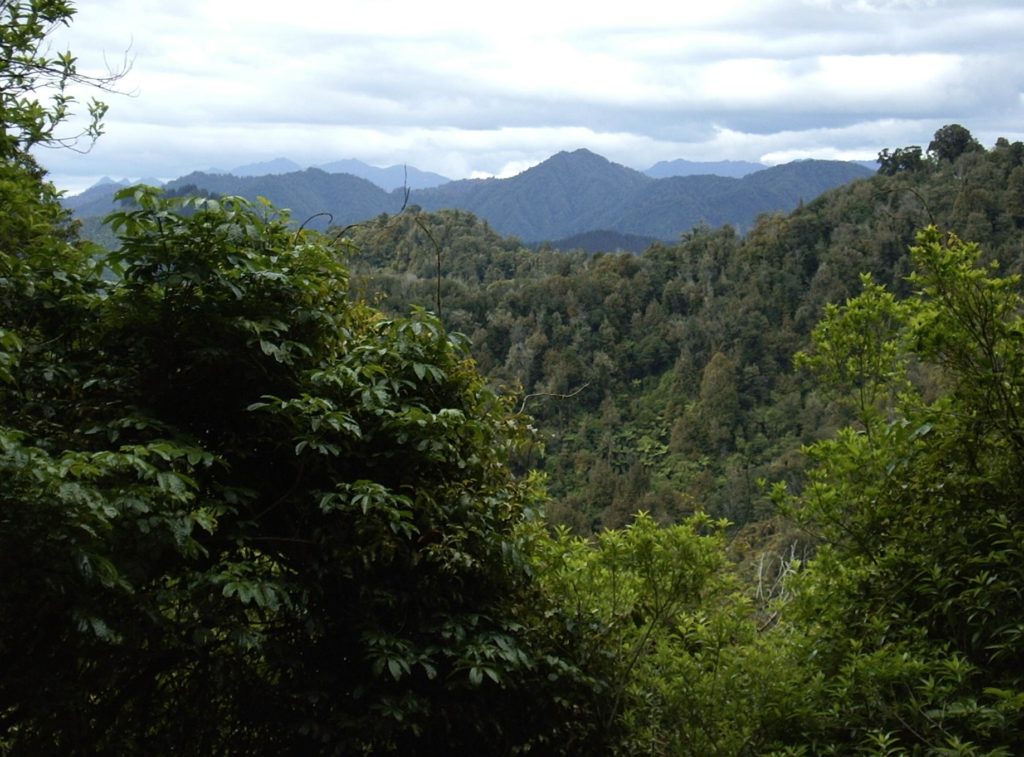
Researchers from Landcare Research and Tūhoe Tuawhenua Trust recently worked together to look at community-based monitoring by Māori to assess forest health. They talked with 55 forest users from the Tuawhenua tribal group, carrying out 80 interviews in both Māori and English, over a period of 10 years, to get a better understanding of Māori … Continue reading Tūhoe share memories of how their forests used to be
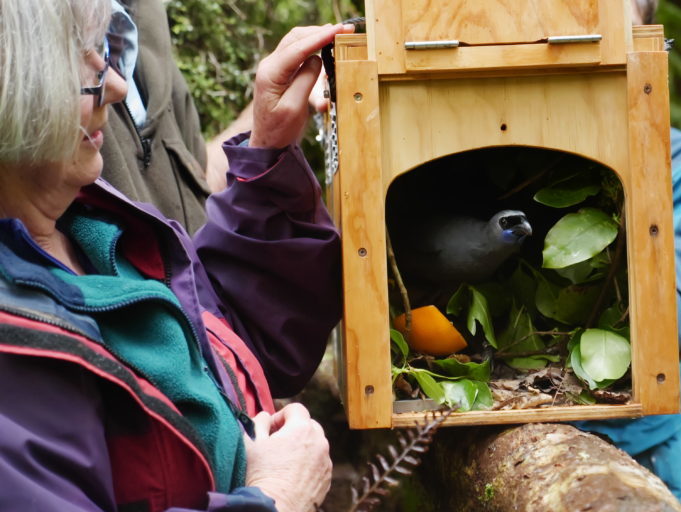
Bob and Karen Schumacher have been working “8 days a week since 2004” to help kiwi at their QEII covenanted property at Purangi in East Taranaki, with an extensive trapping programme using best practice techniques that has steadily grown to encompasses more and more wildlife habitat. “We do the basics consistently, month in, month out,” … Continue reading ‘8 days a week’ effort for Purangi kiwi
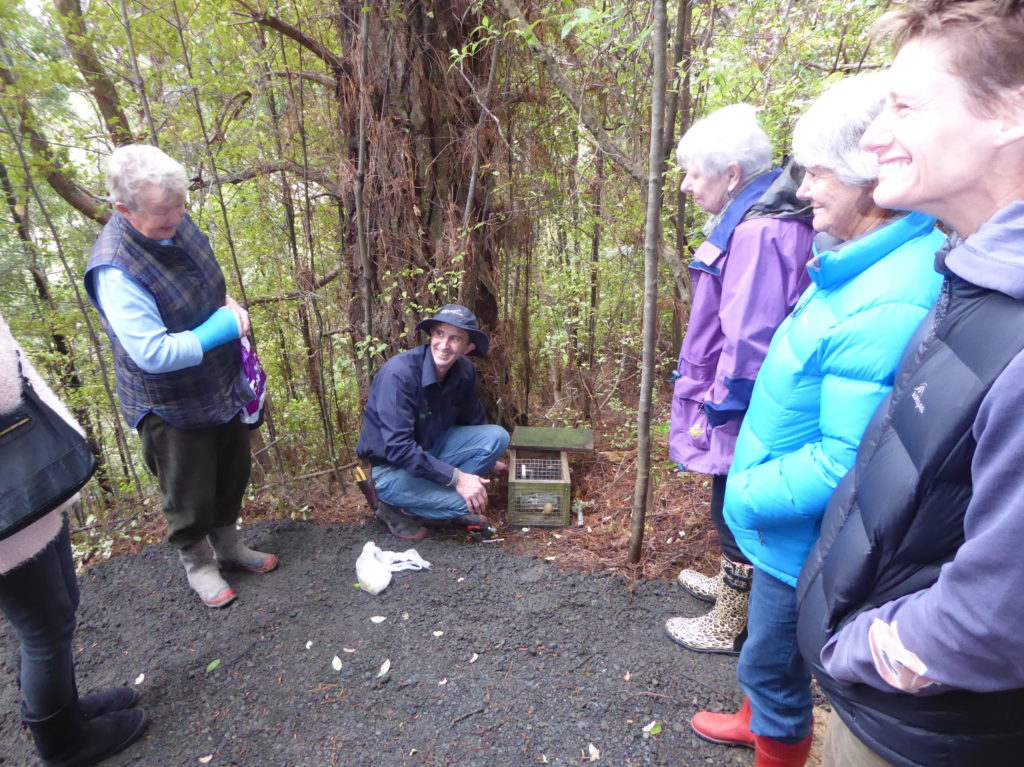
Three generations of the Bayly family are involved in trapping predators on the family farm on the Kaipara Coast, half an hour’s drive north of Auckland. David Bayly’s parents, Don and Margaret bought the land back in 1960 and Don Bayly started actively trapping 20 years ago. Back then, there was next to no birdlife … Continue reading Birds return favour keeping nursery pests at bay
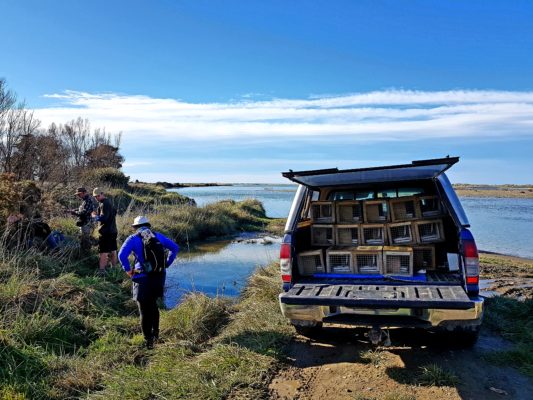
Arlo Poore is only 5 years old – but he’s already something of an experienced trapper. He regularly helps Dad, Stuart, check his two traplines on the Ashley rivermouth and estuary near Waikuku in North Canterbury. “Arlo gets excited when we’ve caught something,” says Stuart. “He’s good at recognising stoats, weasels and rats. We get … Continue reading Young trappers keen to help on Ashley estuary
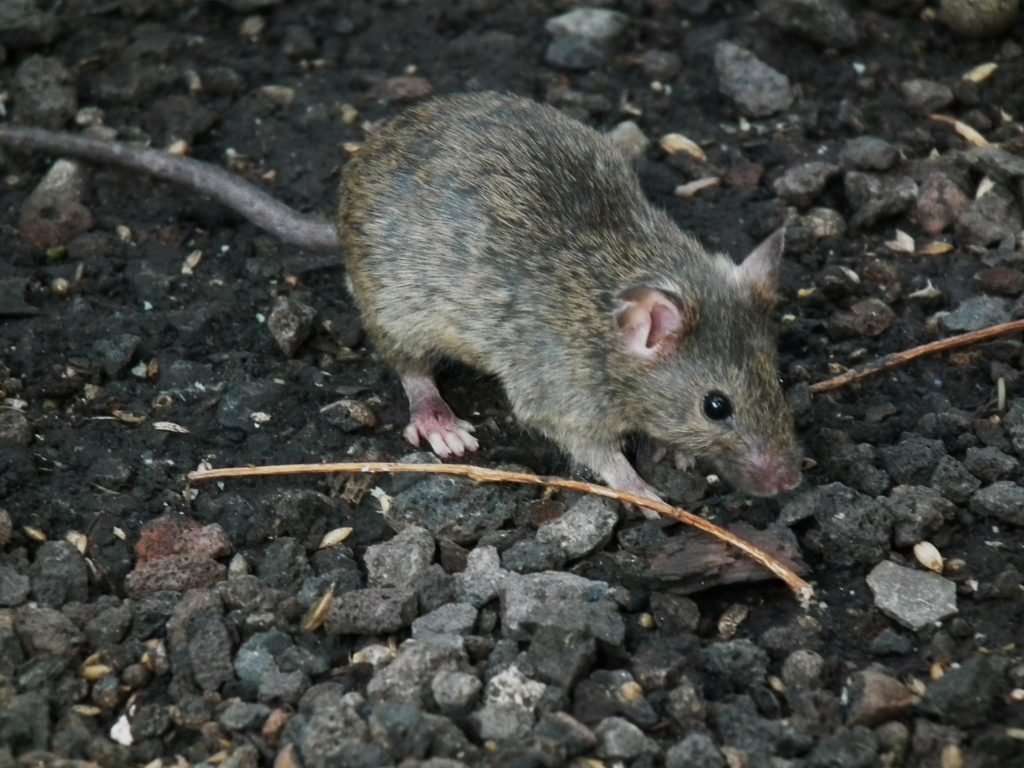
House mice are the smallest mammal predators to have been introduced to Aotearoa/New Zealand since humans first arrived here around 1280AD. The mice arrived on European ships by the 1820s and nowadays they are present in most habitats throughout the country. Worldwide they are among the world’s most prevalent invasive mammals due to their rapid … Continue reading Mice numbers in the absence of mammal predators
East of Kaitaia, near Doubtless Bay and overlooking the Mangonui Harbour, you’ll find Mangonui School. Currently it has just over 140 students in years 1-6 (ages 5-11) and, established in 1858, it is one of the oldest schools in Aotearoa/New Zealand. Teacher, Ryan Kiely says he can see the sea out his classroom window. “I … Continue reading Mangonui kids are creative and committed to helping kiwi
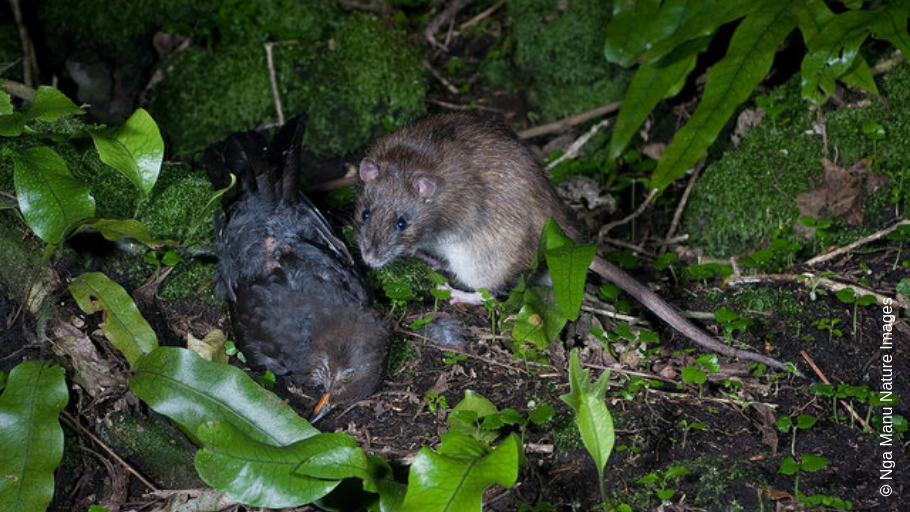
D-Block bait and DITRAC All-Weather BLOX are two commonly used, long-life rodent baits with the same active ingredient, the anticoagulant Diphacinone. Rats and mice need to consume bait over several days to get a lethal dose, so it’s important to keep them coming back for more. Although the toxin is the same, the two bait … Continue reading Bait consumption study shows what appeals to rats
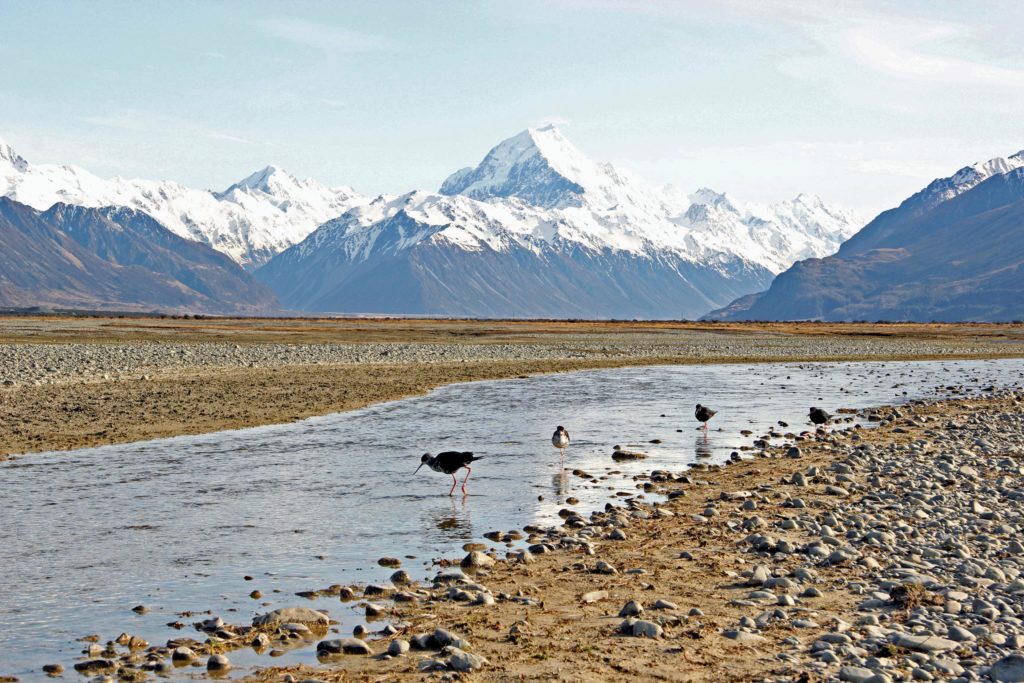
When the Waitaki hydro system was developed, 7,400 ha of open braided river habitat and 3,900 ha of swamplands were lost in order to ‘bring power to the people’. As well as increased electricity generation, we gained 22,250 ha of lakes and 290 ha of lake shoreline, but at a cost. It is the iconic … Continue reading ‘Rivers Rare’ tells success story of Waitaki braided river conservation
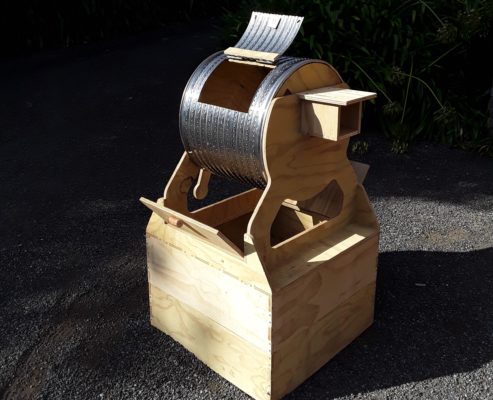
What’s a broken-down washing machine got to do with backyard predator control? Not a trick question – just an example of the creative and inventive lengths some entrepreneurs will go to in order to nab rodent compost bin raiders. Hannah Smith in Auckland, had a problem. She wanted to recycle food scraps and garden waste … Continue reading Rat-trapping compost bin disposes of rodent problem
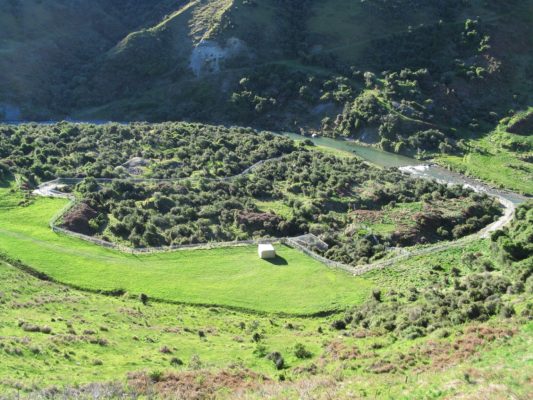
With a vision to re-establish the once-common buff weka, Motatapu Station near Wanaka is tackling habitat restoration and predator control on an impressively large scale. Just check out the numbers so far: What’s even more impressive, is that predator control on the ground is carried out by just three people – station supervisor Russell Hamilton, … Continue reading Vision for buff weka drives Motatapu Station restoration
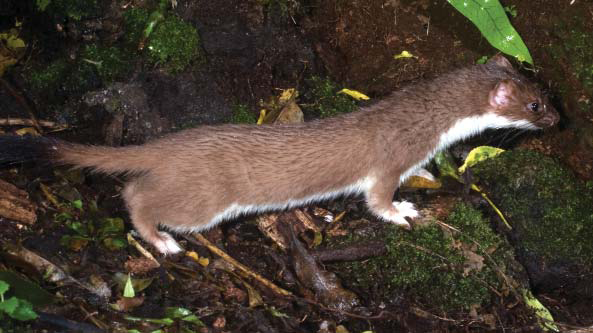
Peanut butter has long been used as a bait for rat traps. Possums have a fondness for the scent of cinnamon. But are they the all-time favourite foods of rats and possums? Researchers at Victoria University of Wellington used chew cards to check out what really tickles the tastebuds of two of our more common … Continue reading Better baits and better trapping
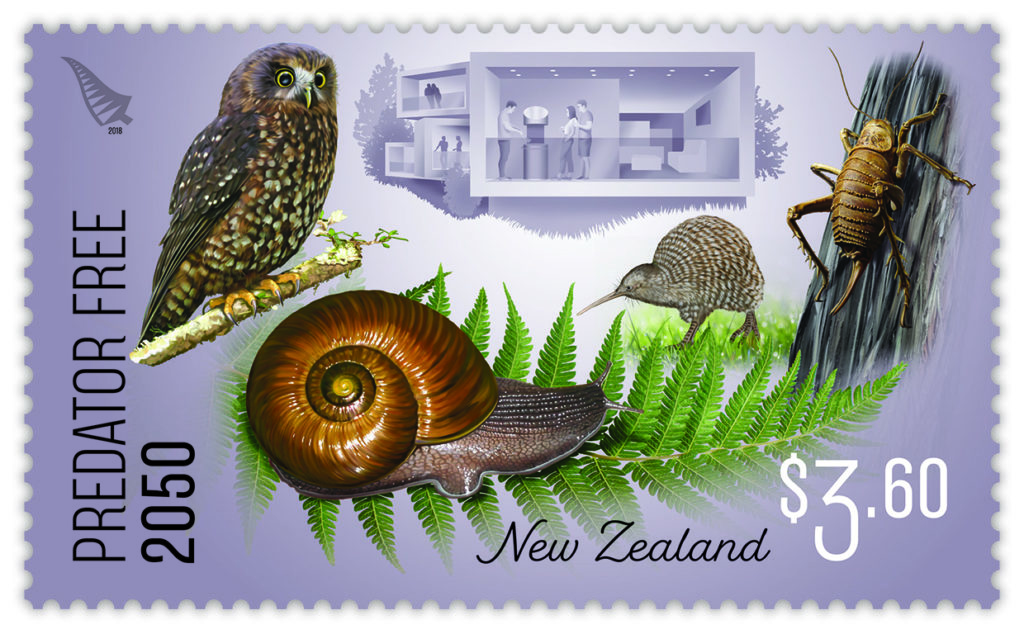
On 1 August five new stamps will be issued by NZ Post celebrating the possibilities of a predator free future. For the design team at NZ Post, it’s quite a departure from the usual subject matter of stamp issues. “The majority of our stamp issues look at culture, history, heritage and people,” explains Simon Allison, Head … Continue reading New stamp issue looks to predator free future
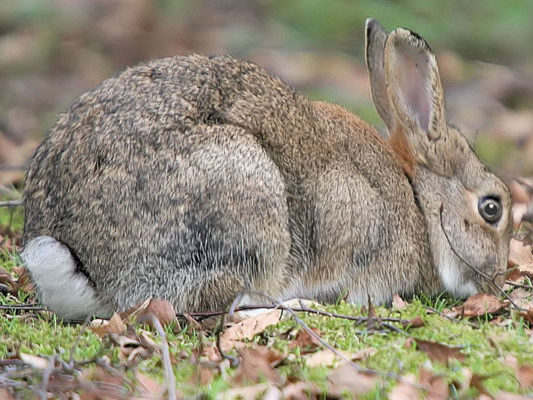
With the benefit of hindsight, its easy to condemn those who released rabbits in New Zealand and even more so, those who then released ferrets and stoats to ‘remedy’ the earlier error. What were they thinking? Did they really have no other control options open to them? Were they completely unaware of what the consequences … Continue reading Ferrets and Rabbits – and what history can teach us
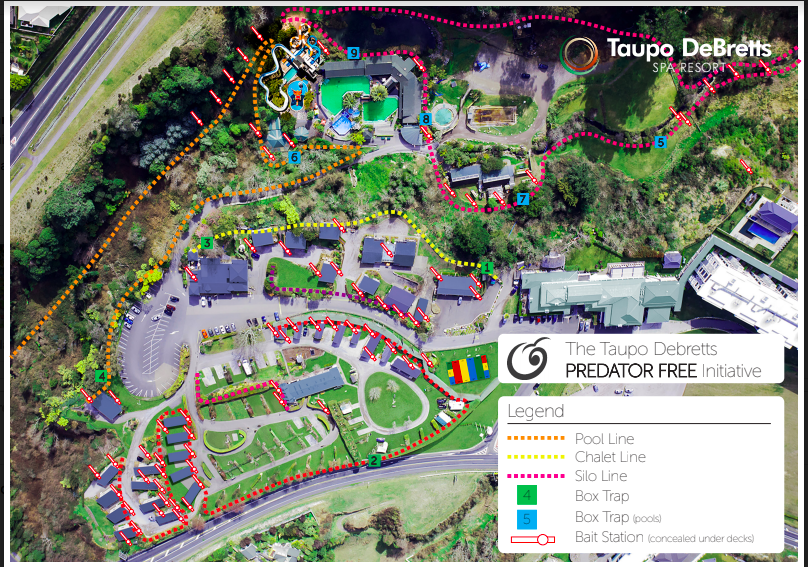
Taupo DeBretts Spa Resort has a whole bunch of eco-initiatives in place to encourage their holiday park guests to reuse, recycle and reduce their impact on the environment. So when the family-owned business heard about Predator Free 2050, the owners and their 60 local staff were keen to get involved in predator control too. In recognition … Continue reading DeBretts holiday park makes award-winning effort to control predators
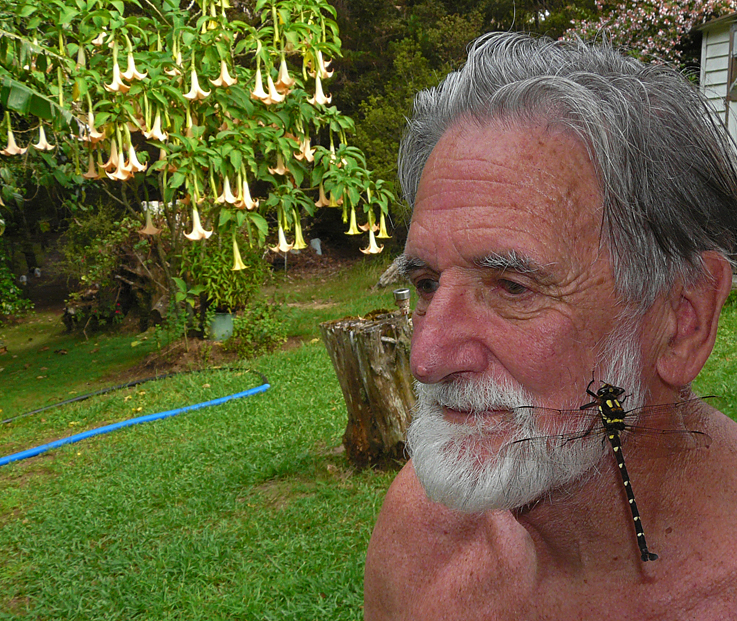
Riverlands Rambles is an occasional diary by Wade and Jan Doak that allows the reader a glimpse into another world. This e-book, available to download at a very modest price through Amazon, tells the stories of a special part of mainland New Zealand on the Tutukaka Coast of Northland, where introduced mammal predators have effectively … Continue reading Riverland Rambles gives glimpse of predator free utopia
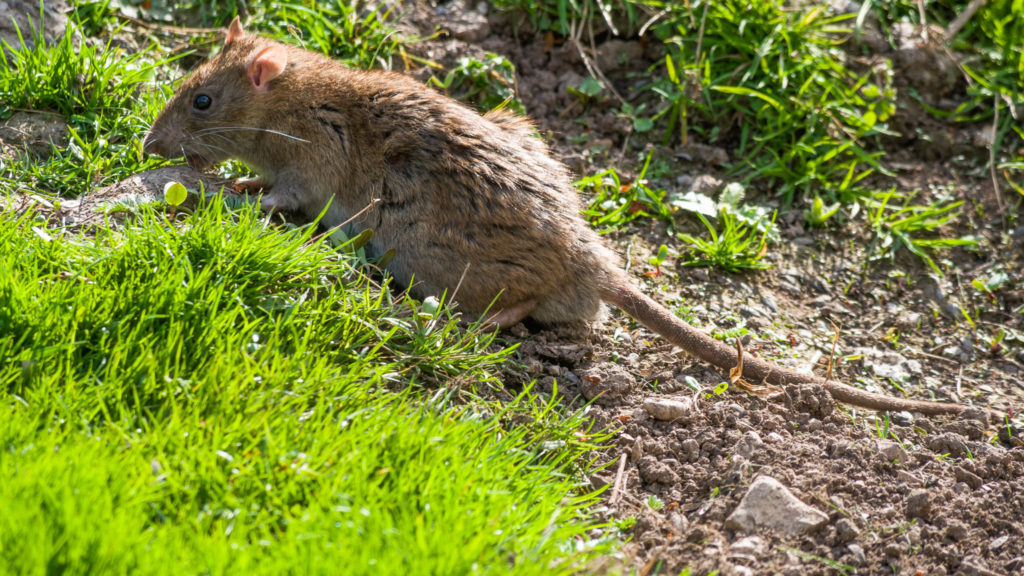
We know a lot about the impacts of introduced mammal predators in wild environments and about how to control their numbers in forests and remove them entirely from uninhabited islands. What we don’t know so much about, is the lives and impacts those predators in places where people also live. How can introduced predators best … Continue reading Managing predators where people live too

Up around the Russell Peninsula, in the Bay of Islands, they have a healthy kiwi population that most parts of New Zealand would envy. “You’re far more likely to see a kiwi running across the road than a possum,” says Eion Harwood, co-ordinator of Russell Kiwi Protection, a special project set up a couple of … Continue reading Group protects kiwi on Russell Peninsula
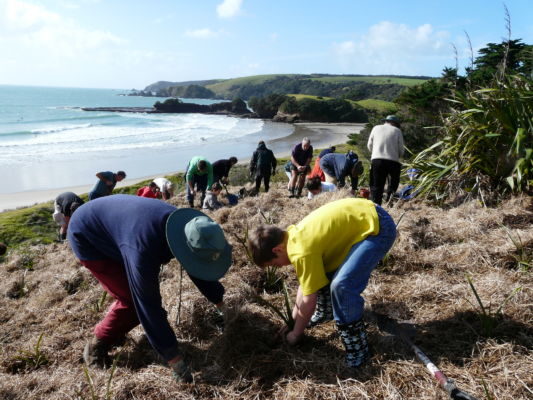
Public conservation land is only a small proportion of the total land of New Zealand and isn’t necessarily representative of the full range of ecosystems. David Norton (School of Forestry, University of Canterbury, Jason Butt (Environment Canterbury) and David Bergin (Environmental Restoration Ltd) look at how we can sustain and enhance native biodiversity on private … Continue reading Upscaling restoration – 8 things to consider
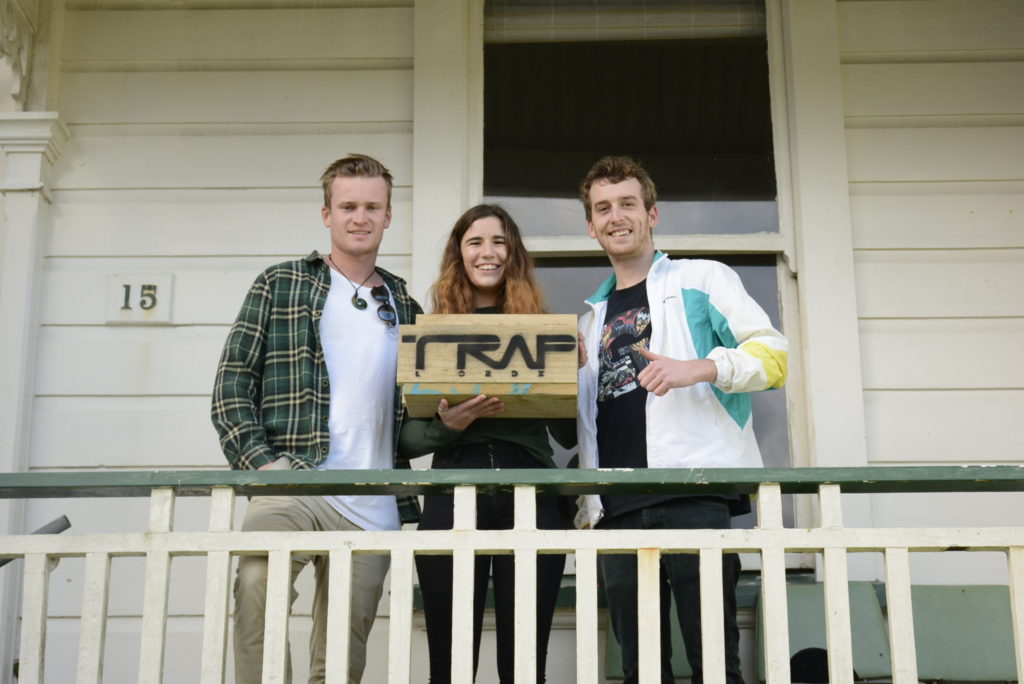
Traplordz is the very cool name of a very new group in the Wellington backyard trapping network. Started by three good mates, Tait Burge, Hugo Reeve and Claudie Ramsden-Bradley, Traplordz was launched just a few weeks ago with the aim of engaging young people living in flats – students and others – in trapping pests … Continue reading Traplordz aim to get students trapping

Statistics are a whole lot more than just a bunch of numbers. They can tell a story. They can paint a picture – and sometimes that picture just isn’t pretty. Take for instance, some of the statistics revealed in ‘Our Land 2018’, a report jointly prepared by the Ministry for the Environment and Stats NZ. … Continue reading ‘Our Land’ statistics paint a stark picture
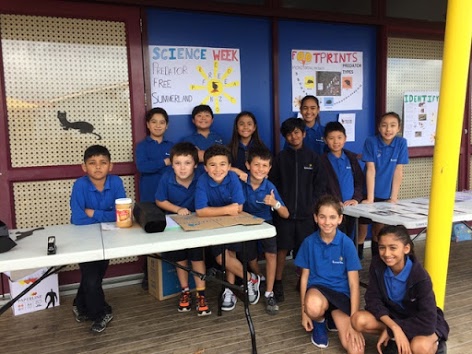
“We caught our first rat yesterday,” 9-year-old Abhinav announces proudly. “We’ve got rats, mice and hedgehogs at Summerland School.” “We found that out using tracking tunnels and chew cards,” adds Gabriel. “We used peanut butter in the traps,” says Ahmad. “They’re at different sites around the school, like shady areas.” “Most are around the borders … Continue reading First rat caught is just the beginning for keen Summerland School team
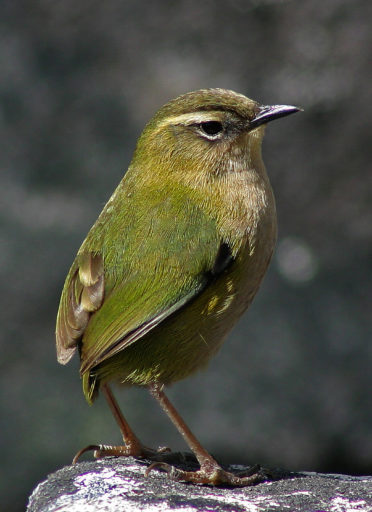
In research just published in international ornithology journal Ibis, Department of Conservation scientist Kerry Anne Weston, Colin O’Donnell, Paul van Dam-Bates and Joanne Monks investigated the impact of introduced mammalian predators in our little-studied alpine region. Their study revealed that stoats and house mice are the 2 introduced predators having the most impact on New … Continue reading Stoats and mice top rockwren predator list
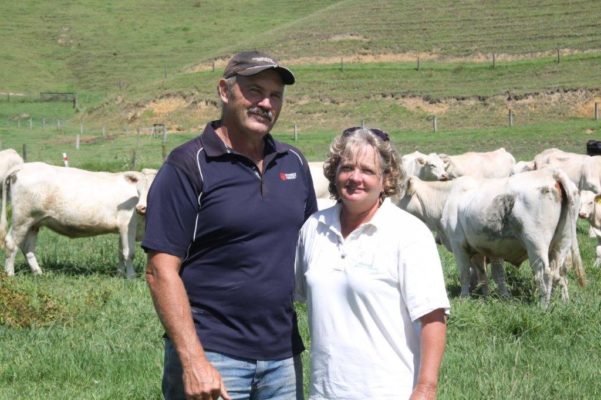
The first time that someone from Northland’s ‘Kiwi Coast’ project visited Greta and Craig Harman’s Charolais cattle farm to monitor for kiwi presence, they didn’t need to scramble through bush looking for kiwi sign or stay up late playing kiwi call recordings to confirm that kiwi were present. “There were fresh kiwi footprints in the clay … Continue reading Kiwi are longterm residents at the Harmans’ farm
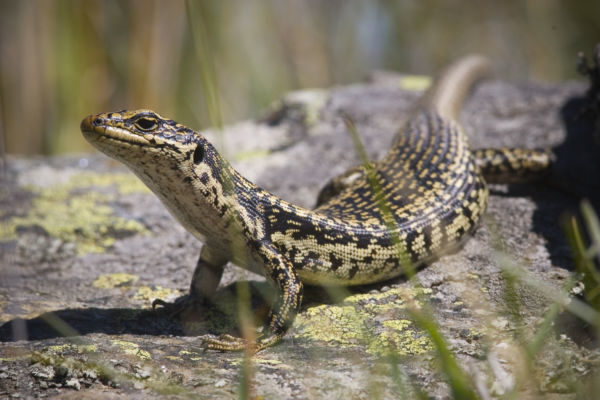
We’ve a lot still to learn about our lizards. In some of the remoter parts of Aotearoa/New Zealand, new species of skinks and geckos are being discovered even today and the role of our reptiles in the wellbeing of the wider ecosystem has not been widely investigated. A recent article by Debra M. Wotton et … Continue reading Seed-spreading role of lizards investigated
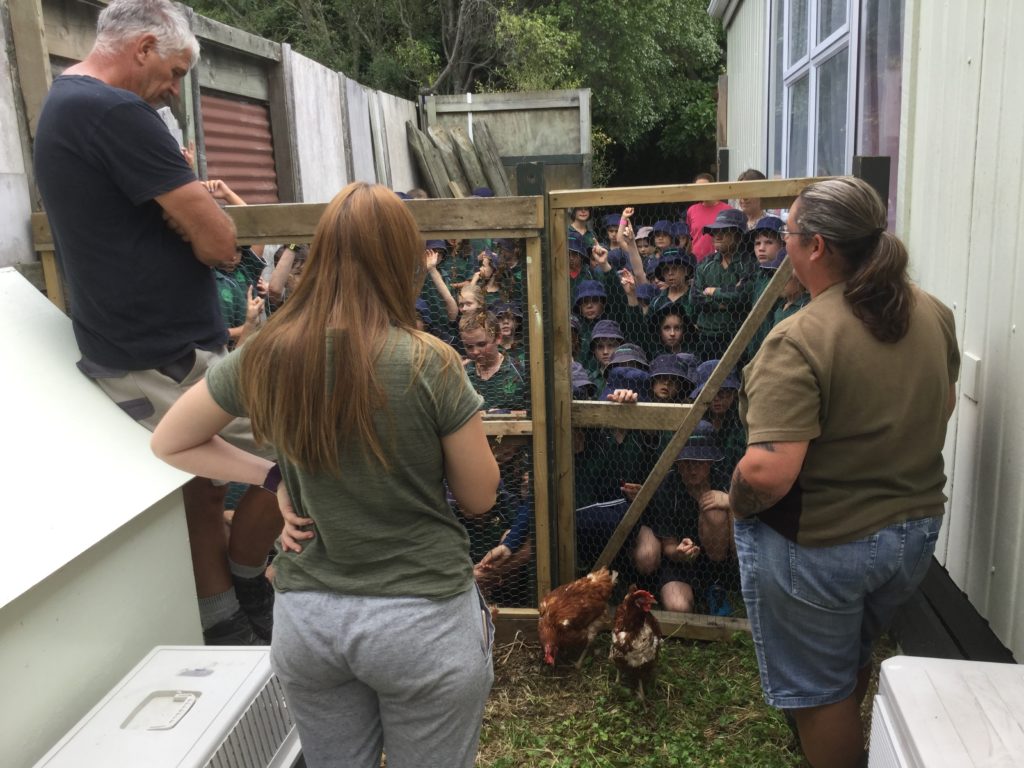
Last term Lynmore School in Rotorua took delivery of 10 rescue hens. “It was pretty cool,” says teacher Andrew Doyle. “They’re ex-battery hens. The rescuer rehabilitated them for a week or so, then we got them. They’re laying well. They pay their own way – laying about 6 eggs per day. We sell the eggs … Continue reading Birds, not rats rule the roost at Lynmore School
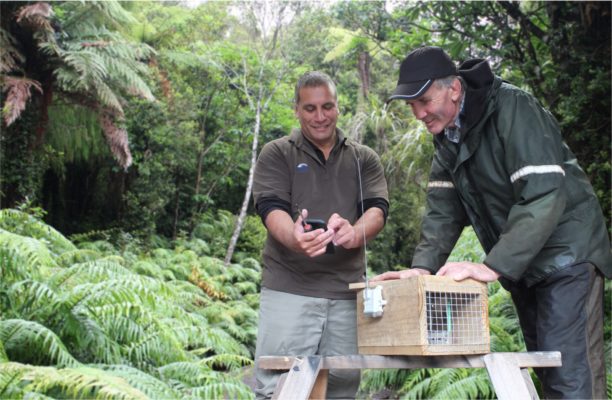
A large-scale predator project, the biggest of its kind in New Zealand, was launched in Taranaki today supported by more than $11 million from the Government. Taranaki aims to be the first predator free region in the country under the project, called Taranaki Taku Tūranga – Our Place, Towards a Predator-Free Taranaki and is led … Continue reading Towards a Predator Free Taranaki
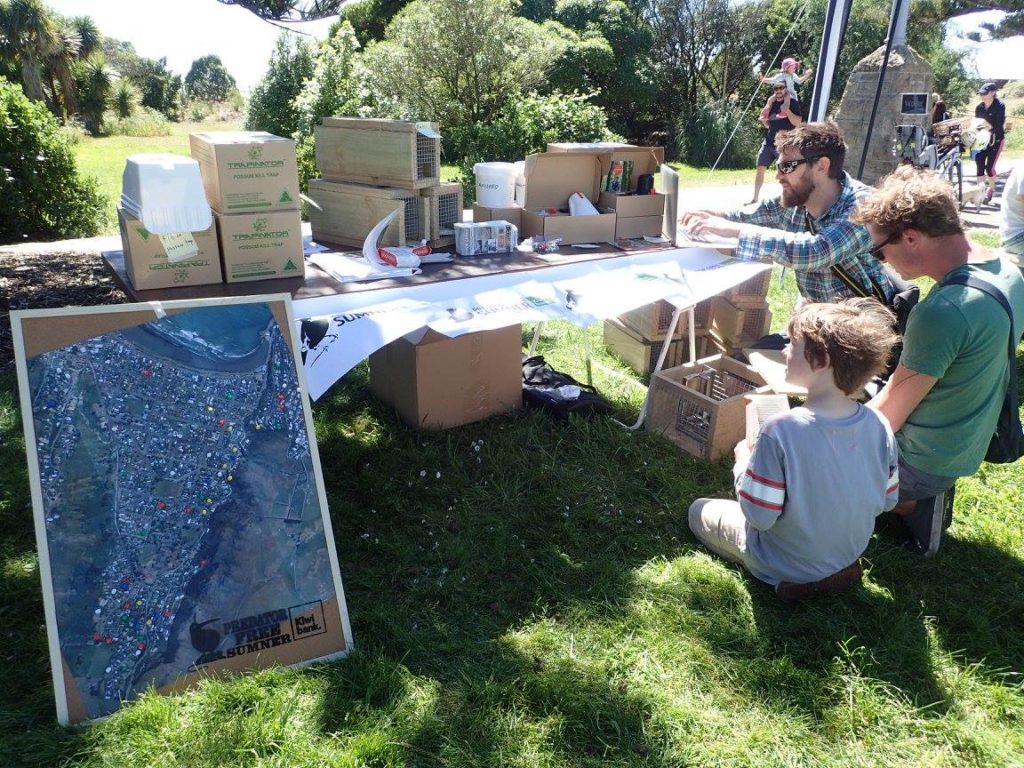
There’s a new topic of conversation doing the rounds of the beach-side cafes and neighbourhood of Sumner in Christchurch. “It’s surprising who gets very proud of catching a dead rat,” says Gabe Ross, coordinator of Te Manu Waiata Project, otherwise known as Predator Free Sumner. “People are pretty enthusiastic, and we’ve had some very positive … Continue reading Rat catches get people talking in Sumner
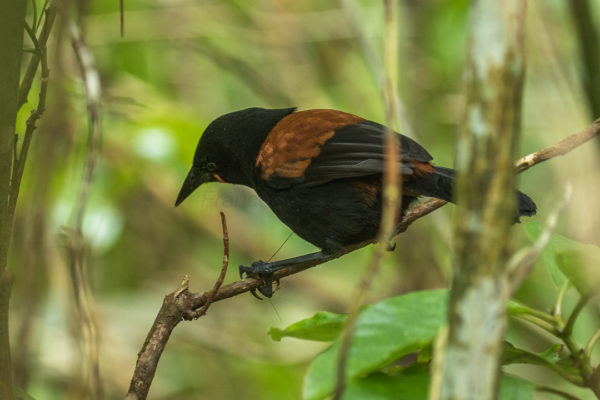
Passerines are songbirds which can perch. More than half of all bird species are passerines and many of those found in Aotearoa/New Zealand are unique. Some, such as the South Island saddleback, South Island robin and mohua also have a few other attributes in common: they’re rare, very vulnerable to stoats and are relatively poor … Continue reading Poor fliers reluctant to cross water
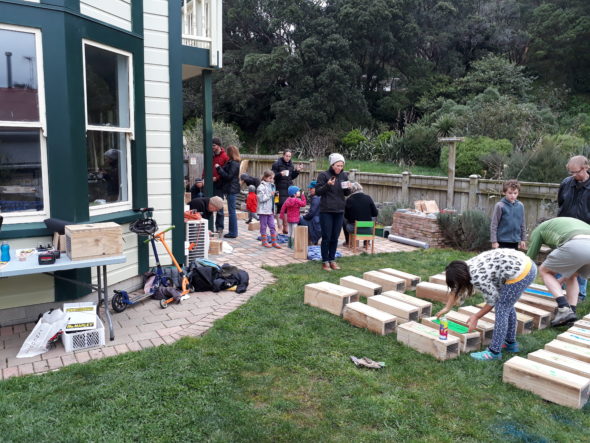
Andrew Roxburgh reckons the Newtown area of Wellington where he lives is becoming a more wild place – “and that’s pretty cool!” Andrew is a volunteer with Predator Free Mt Cook/Newtown/Berhampore and says that as birds are spreading out from Zealandia, people are becoming more aware of them. They’re noticing native birds more. “Kaka are … Continue reading Everyday life goes ‘wild’ in Newtown

Like many modern-day medicines, rodenticides are often derived from natural sources. Plants may evolve toxic chemicals to protect them from grazers for example, and sometimes all that distinguishes a beneficial drug from a toxic poison is the dosage. In a recent issue of the NZ Journal of Zoology, Charles Eason, ecologist with Lincoln University (Lincoln) … Continue reading Rat poisons and human medicines have natural links
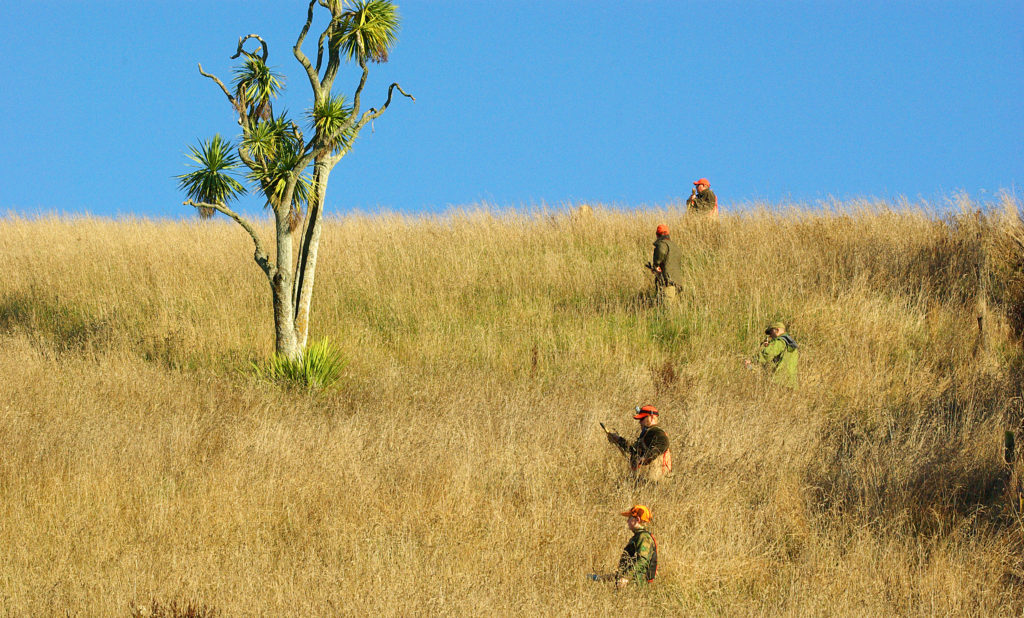
Every year David Bielski, manager of Craigmore Station in South Canterbury, plans to spend $50,000 of the station’s budget on fencing, planting trees and labour to increase biodiversity on the property. An impressive 51 hectares of land already consists of native plant species and is under various QE II covenants and game keeper John Brownley … Continue reading Increasing biodiversity is a priority at Craigmore Station
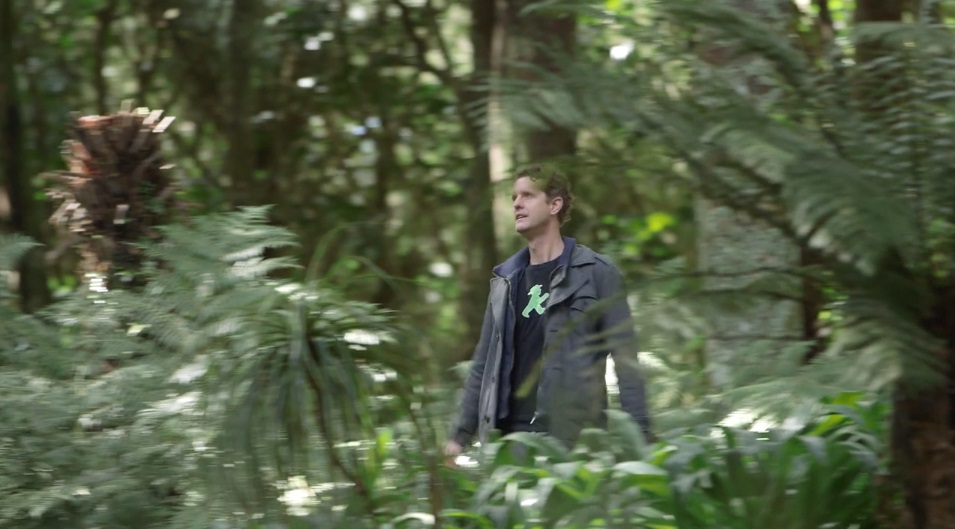
Kelvin Hastie describes himself as a positive person. He doesn’t do negativity – and lately he’s had plenty to feel positive about. “The other day I was in a reserve and I saw seven kakariki in one totara. I could hear others nearby. There were about 10 kakariki in one spot. Kakariki are doing really … Continue reading Crofton Downs is bursting with birdlife
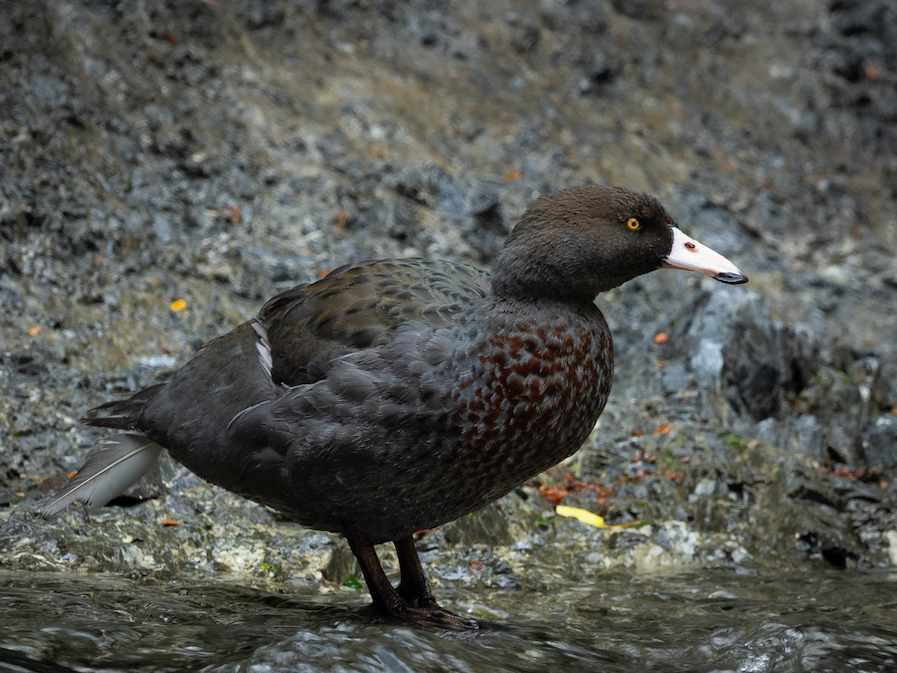
Community conservation is in trouble and without clear objectives and support structures the risk of volunteers losing interest is high, according to a new report commissioned by Predator Free New Zealand Trust. The report by leading researcher Dr Marie Brown from The Catalyst Group, highlights the need for adequate support structures for community conservation; a … Continue reading Saving community conservation
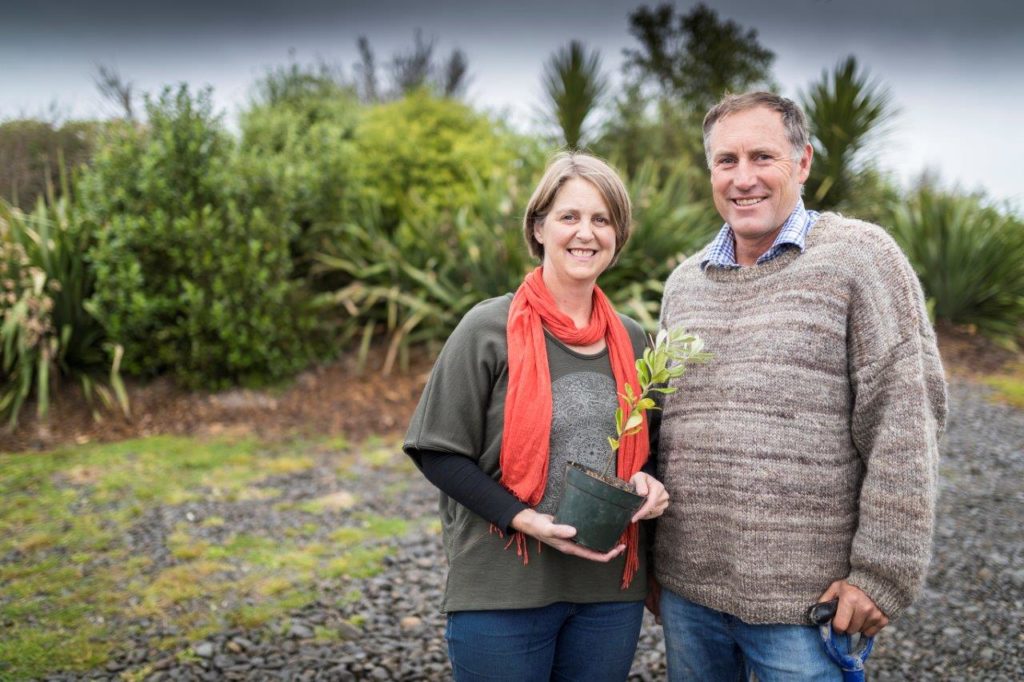
When Greg Hart’s family moved to Mangarara Station in Central Hawkes Bay in the mid 1990s, they shot 3 possums on their first night at the property – in a cabbage tree growing at the front door. How times have changed. Greg has now taken over the farm from his parents and his oldest son … Continue reading Mangarara Family Farm tackles predators with high-flying support
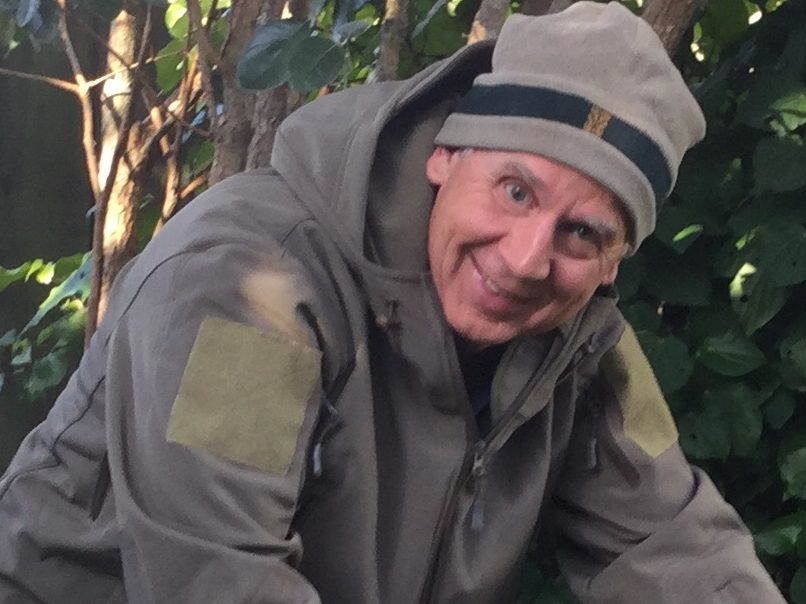
Not long ago, a door-knocking volunteer from a community trapping group offered to lend Phill Waddington a DOC 200 trap to put in his back yard. What the volunteer didn’t realise – and probably most New Zealanders don’t know – is that Phill Waddington, Hutt Valley wildlife artist, actually invented the DOC Series of humane … Continue reading Phill Waddington – Wildlife artist and DOC Series trap inventor
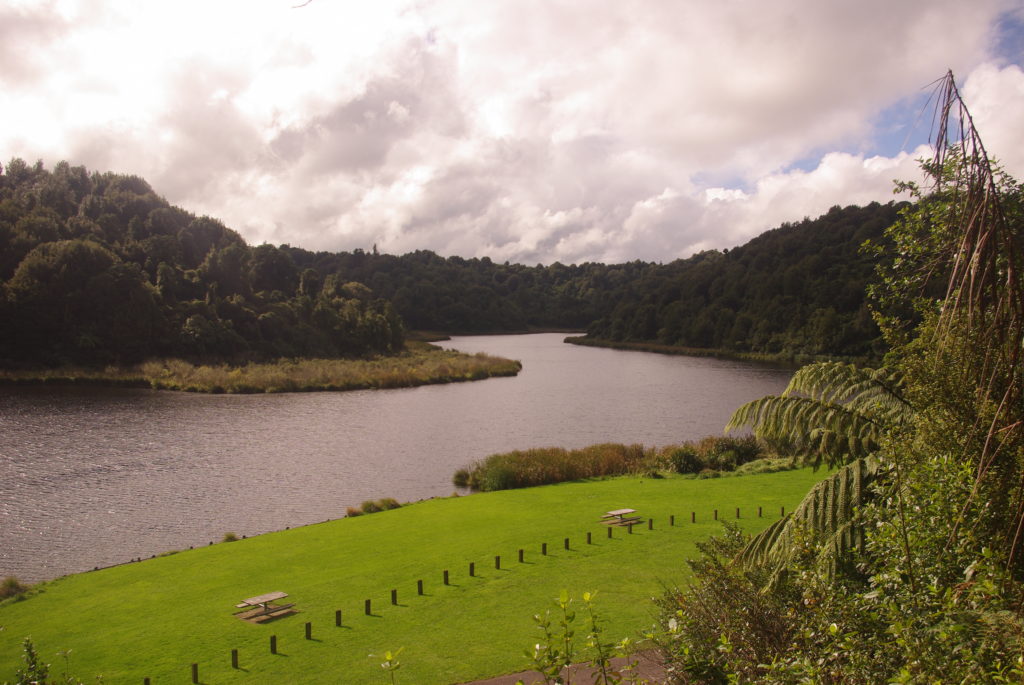
Rotokare Scenic Reserve, near Eltham in South Taranaki is a stunning reserve of mature native bush, wetlands and a 17.8hectare natural lake that was first gazetted as a reserve in the late 19th Century. But by the beginning of the 21st Century the area was in visible decline and that in turn, influenced some people’s … Continue reading Rotokare Scenic Reserve valued and thriving once more
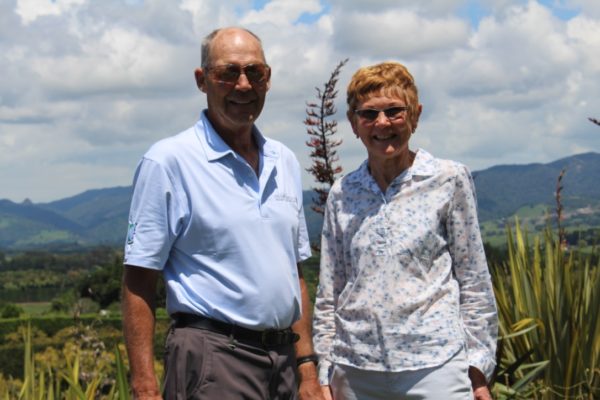
When Wilson and Barbara McGillivray announced to friends that they were buying an avocado orchard, the response from one friend was less than enthusiastic. “He said ‘So you’re going to live on a rat farm!’” recalls Wilson. “Rats love avocados.” Undaunted, the McGillivrays went ahead anyway and bought Awatea Orchard in Katikati. Having previously lived … Continue reading McGillivrays’ orchard is ‘rat farm’ no longer
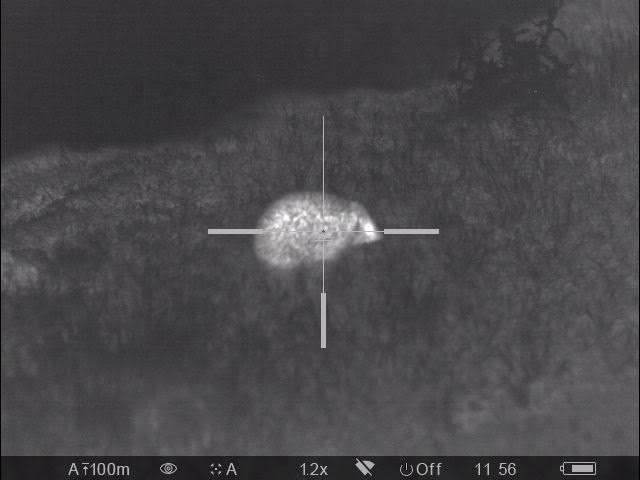
When Sam Staley went to the Defence Force’s Tekapo Military Training Area back in 1996 to run the Military Camp and Training Area for a three year stint, one of the tasks at the time was pest control. Today, 22 years later, he’s still there, and so are some of the rabbits, but after two … Continue reading Thermal imaging reveals Tekapo pests and predator
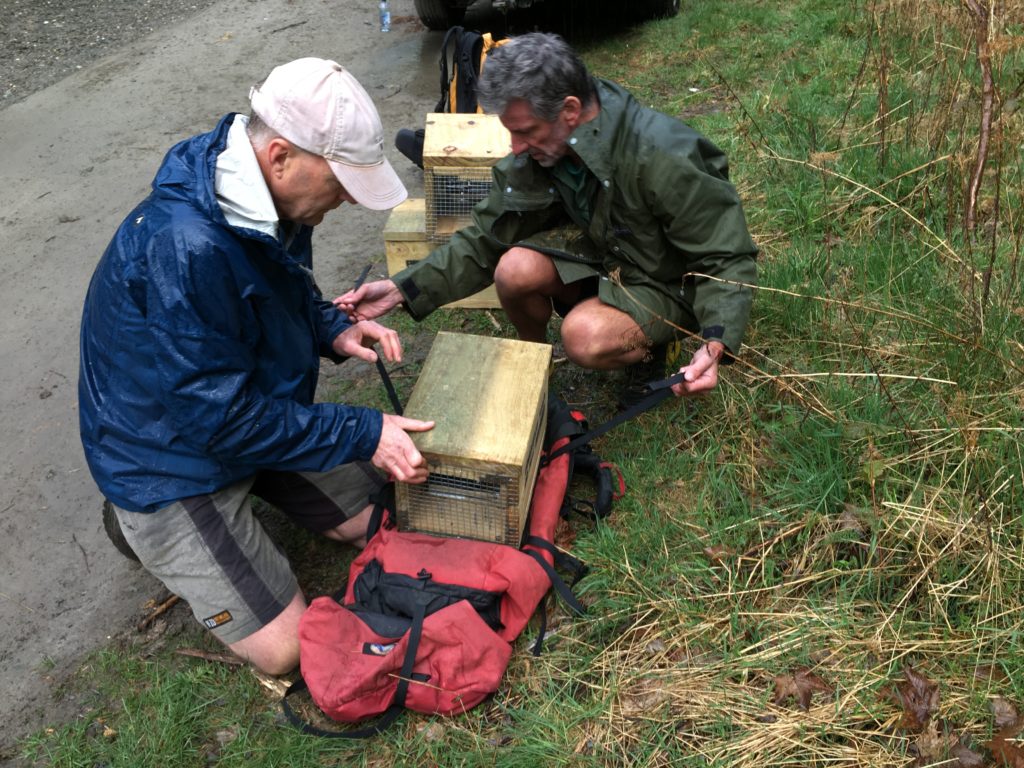
From Auckland to Arrowtown and an assortment of towns and suburbs in between – the successful applicants for Round 3 of Kiwibank Predator Free Communities have just been announced. Every winner has a different story, but the 12 successful community groups all have something in common: a determination to free their community of predators and … Continue reading Twelve more Kiwibank Predator Free Communities announced…
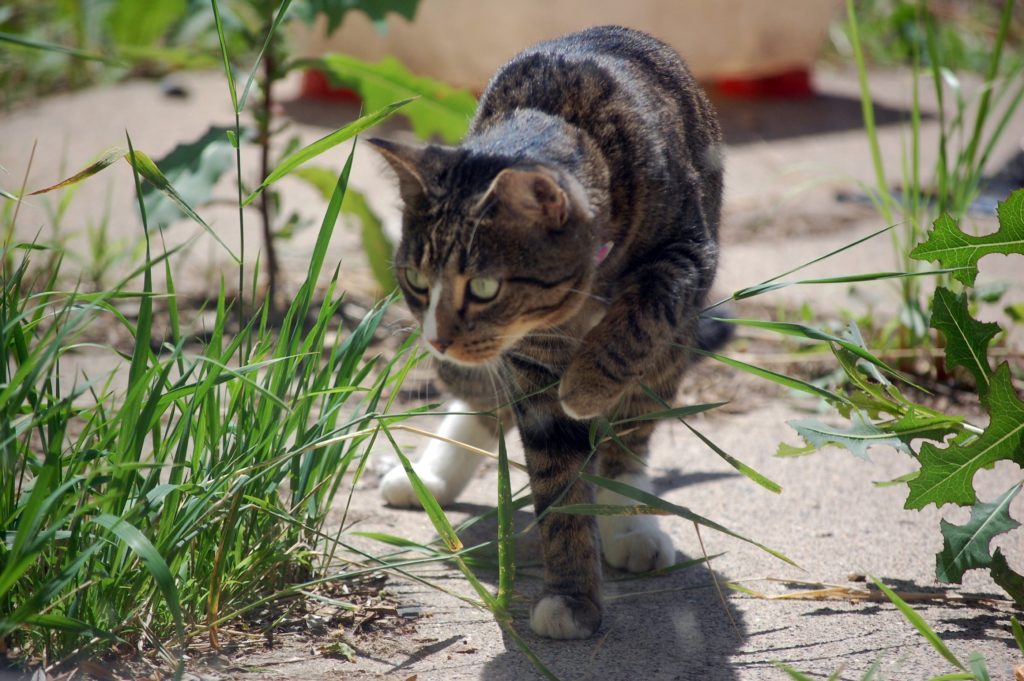
Cats and dogs are both predators of rats – but to what extent is the presence of cats and/or dogs a deterrent to rodents? How do you even measure how ‘nervous’ a rat feels? Scientists in far-off Swaziland used some interesting techniques to determine how uneasy rats felt in the presence of their natural predators. … Continue reading Investigating a rat’s ‘landscape of fear’
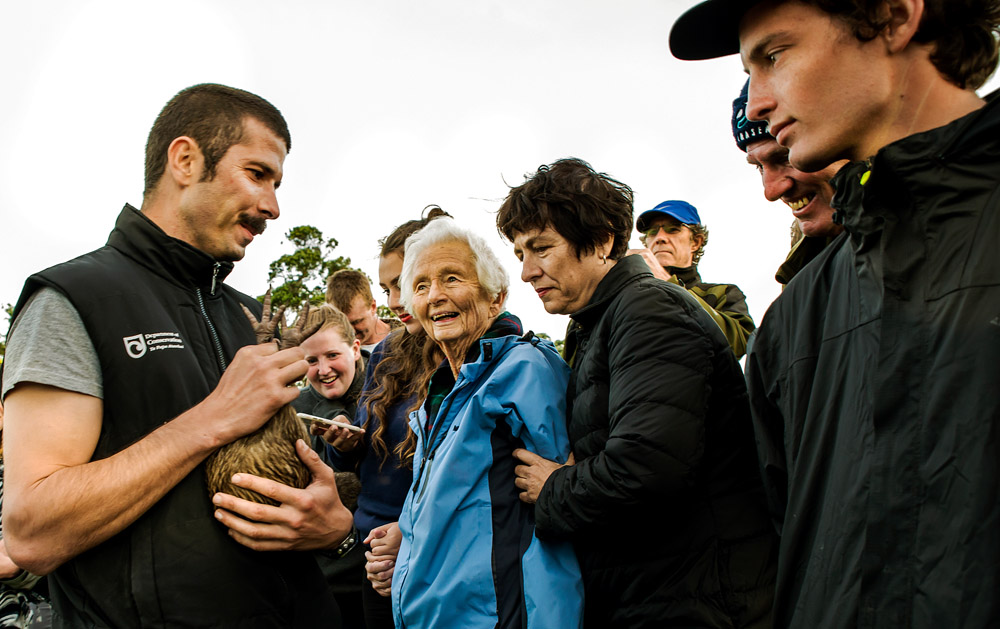
When Guy Bowden’s parents bought a coastal farm at Matapouri, Northland back in the mid 1960s they immediately fenced off some of the bush. That was before the days of the QE II National Trust and land covenants. Nowadays 94% of the 124 hectare family farm is in QE II covenant, made up of pohutukawa … Continue reading Tawapou Farm hosts kiwi and grey-faced petrels
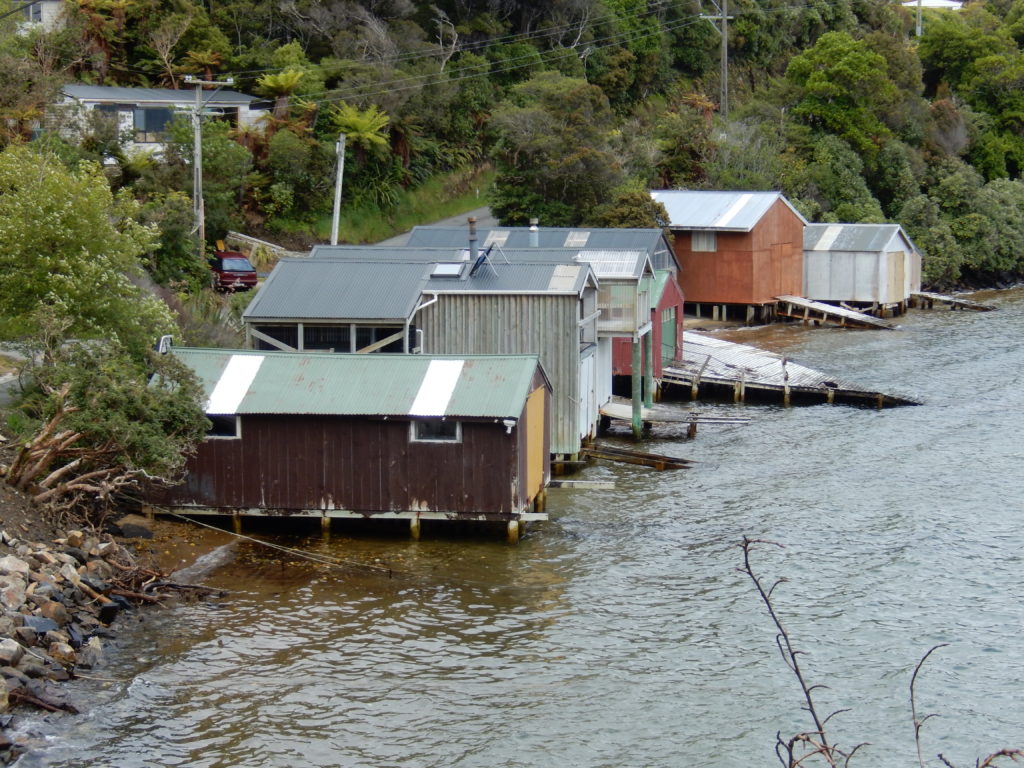
Predator Free Great Barrier or Stewart Island? It’s already technically feasible. But is it socially feasible?When it comes to complete eradication of predators on inhabited islands there’s a lot more to consider than just the conservation benefits and technical aspects. People, their livestock, their pets and their lifestyle are all going to be impacted. In … Continue reading Eradication – what about the social impacts?

Not every species can be saved by moving it to a predator free island. It has helped the black robin – but it won’t help the black-fronted tern. Islands simply don’t have the habitat that the terns need to breed. Black-fronted terns have a small, declining population and are classified as globally endangered. Predation is … Continue reading No sanctuary option for terns

When Ōhiwa resident Andrew Glaser pitched the concept of a management group to coordinate protection efforts on and around the Ōhiwa Headland, the community immediately liked the idea. Andrew found out just how much they liked the idea not long afterwards, when he was walking his dog one evening. The conversation went something like this:(voice … Continue reading Small Ōhiwa community are big supporters of predator control
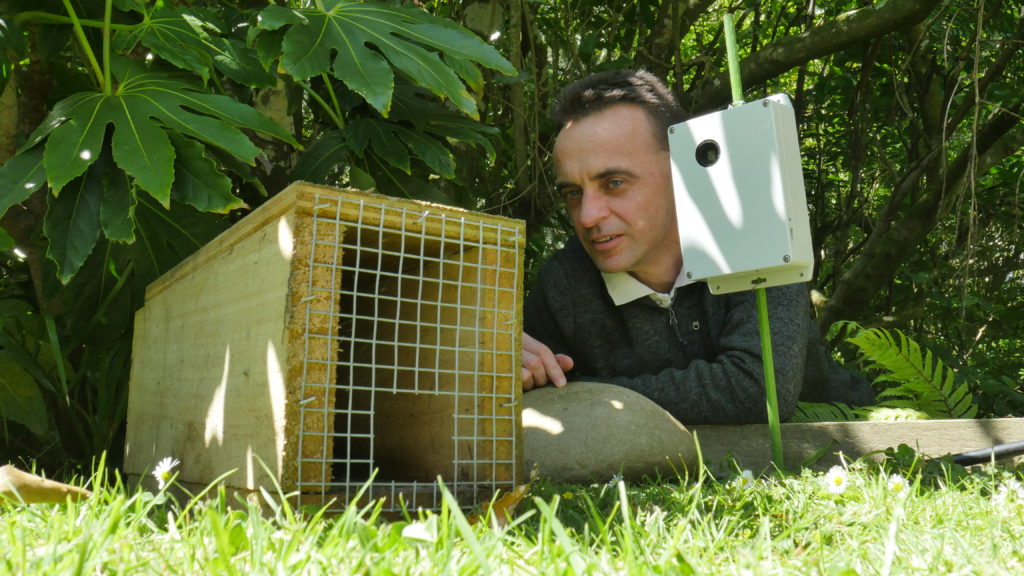
Gerald Dickinson has a busy year ahead. He’s just won a WWF Innovation Award for his Grid-i pest-detection development project and is aiming to have commercial units available by December 2018. It is – he freely admits – an ambitious timeline. “The Innovation Award is a huge boost,” Gerald says. “The various hardware components are … Continue reading Ambitious plans for Grid-i detector
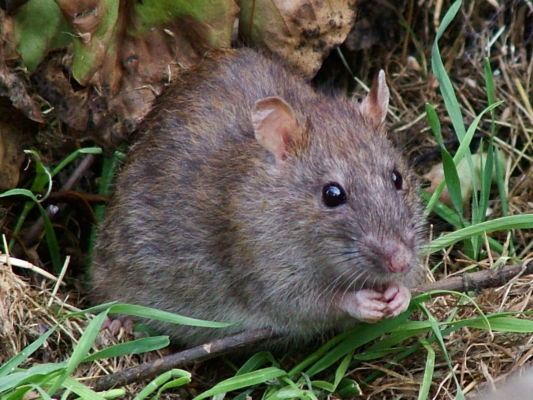
In New Zealand we tend to focus on the harm rats do to our wildlife and ecosystems. But there’s another side to rats that’s even closer to home – their ability to carry diseases and parasites to people. From pig farms in Canada to the slums of Brazil, recent international research has been looking at … Continue reading Rats and human disease links
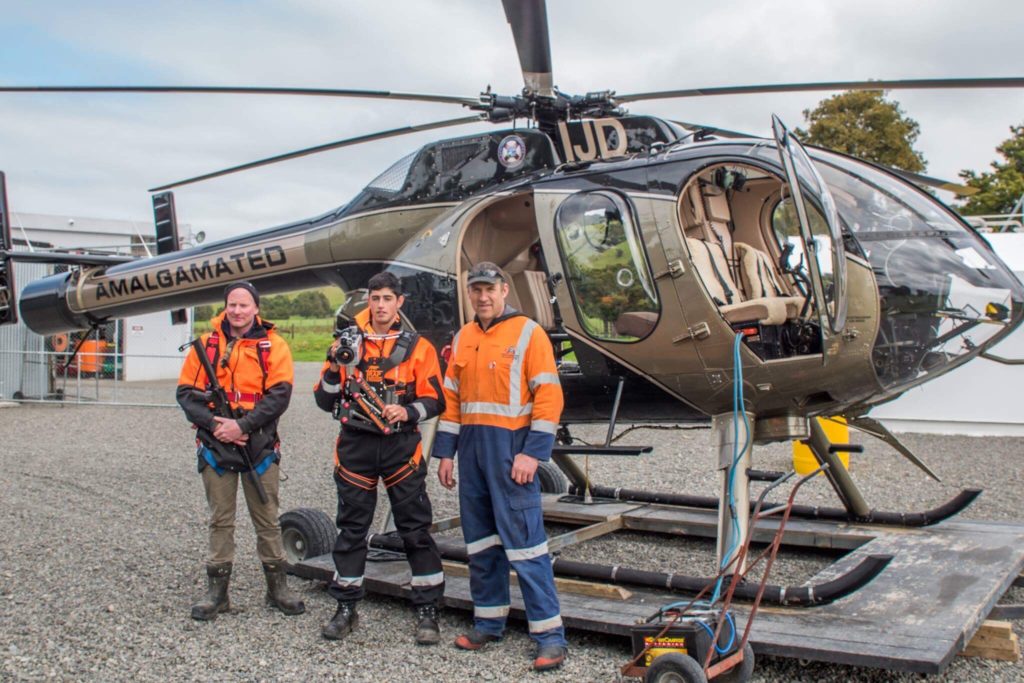
Jordan and Mikayla Munn are recent winners of $25,000 in the WWF 2017 Innovation Awards with their venture to use top-of-the-line, military quality, thermal imaging technology to detect and help in the removal of invasive animals. ‘Trap and Trigger Ltd’, the young couple’s conservation and wildlife management company, has already invested hugely in the technology … Continue reading Trap and Trigger takes out Innovation Award
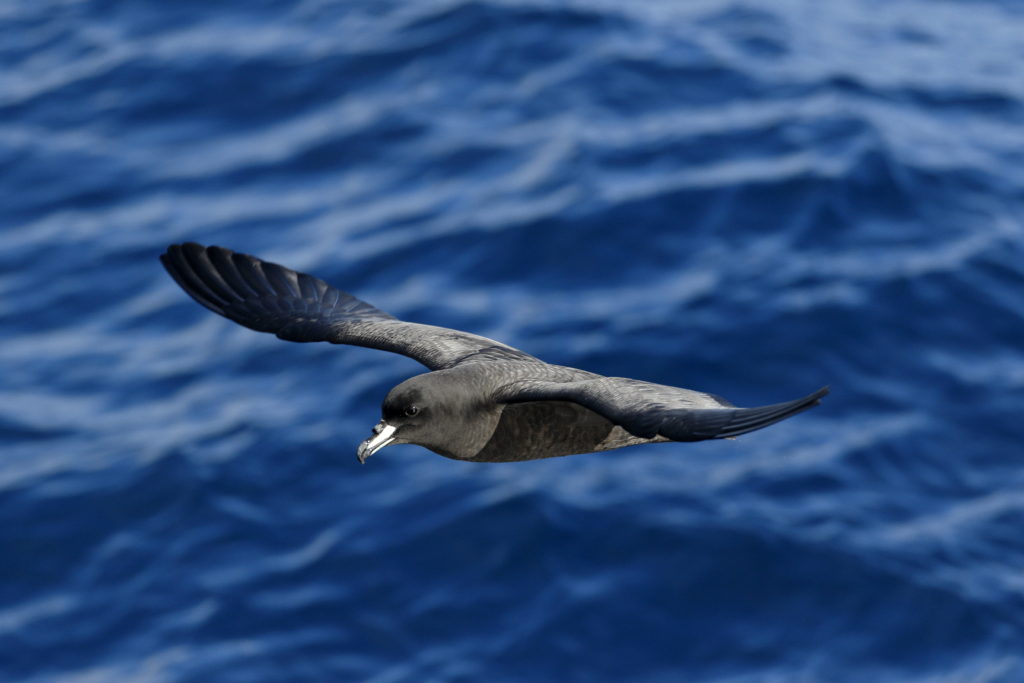
When it comes to predation risks, it helps if you’re big and have attitude – especially if your breeding colony is on the mainland. Westland Petrels are both big and feisty and appear to be able to cope with some of our more common introduced villains. But that doesn’t necessarily mean they’re not at risk. … Continue reading Feisty petrels still at risk from predators
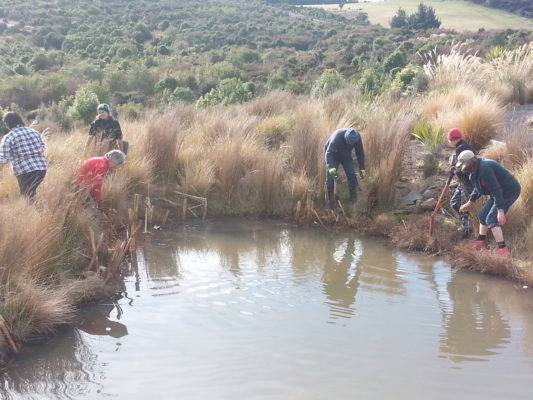
A dedicated team of volunteers contribute an impressive 13,000 hours of work each year to Orokonui Ecosanctuary, just north of Dunedin. “Our volunteers help with every single thing we do,” says Orokonui’s general manager, Chris Baillie. “They have a very strong sense of community ownership of the Ecosanctuary. Volunteers are rostered to come on certain … Continue reading Volunteers are vital at Orokonui
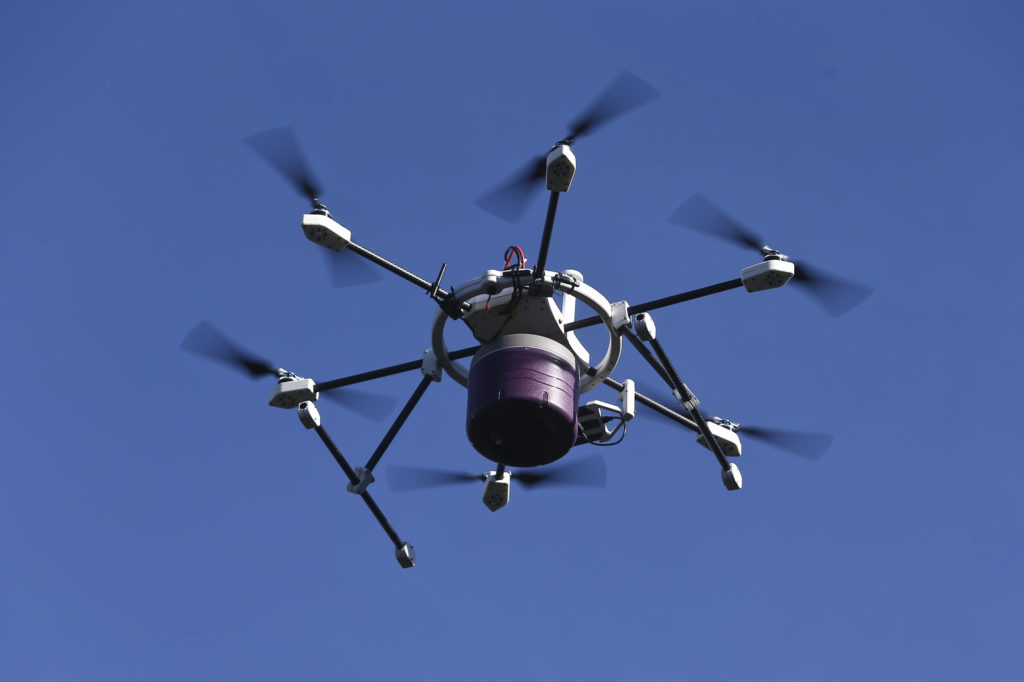
The technology associated with Unmanned Aerial Vehicles (UAVs) is getting smart and sophisticated. These intriguing little machines are more than just Christmas toys. High-end models are proving their worth in a whole variety of ways including detecting water deficiencies in agricultural crops and mapping invasive species. They’re even being trialled as a delivery method by … Continue reading Tools for a predator-free future
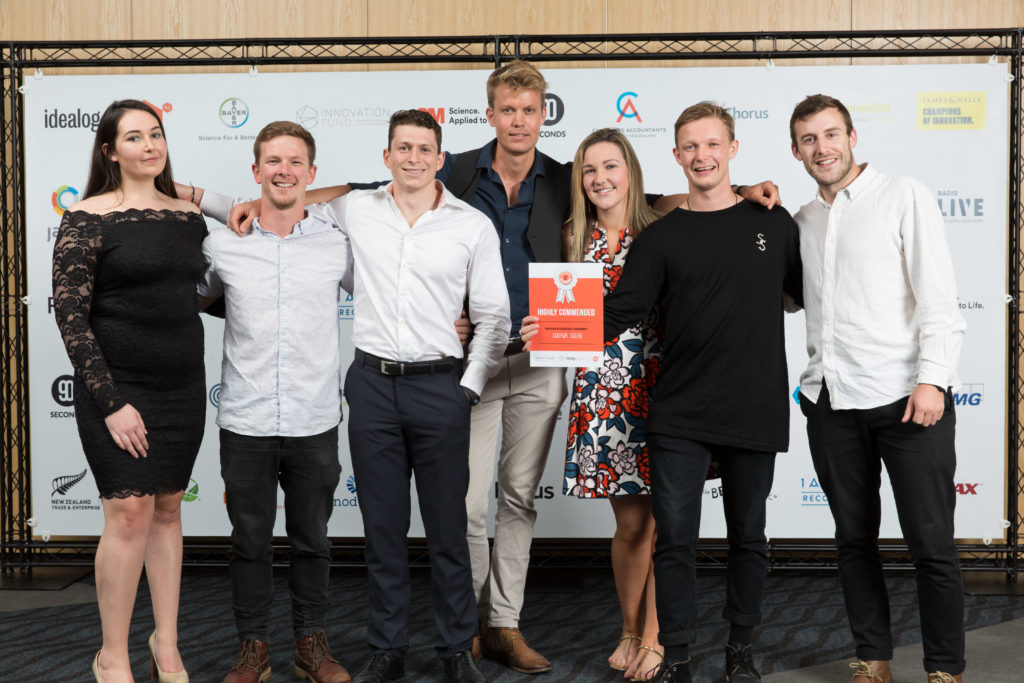
A while back the Squawk Squad team were thinking about how they could get people more interested in birds in the lead-up to the December launch of their Squawk Squad app. Conservation Week in October seemed like an ideal opportunity just waiting to be grabbed. “We were thinking about how we could blow it up and … Continue reading App launch tops successful year for Squawk Squad
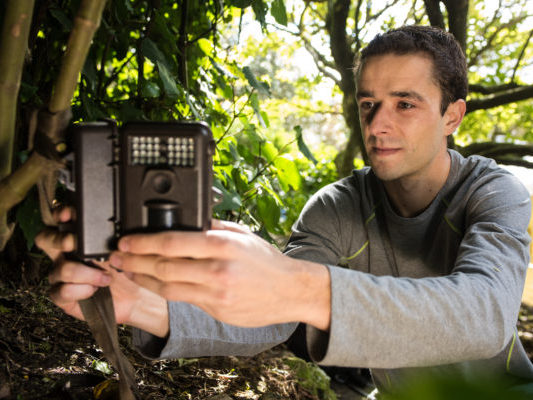
Tracking tunnels, chew cards and WaxTags© are commonly used to detect predator presence and monitor abundance, but in recent years there’s been a new tool in the conservation kit – the remote camera. Evaluations of its use are showing that it is a tool with a lot of promise and some significant advantages over traditional … Continue reading Detecting predators in the city – what works best?
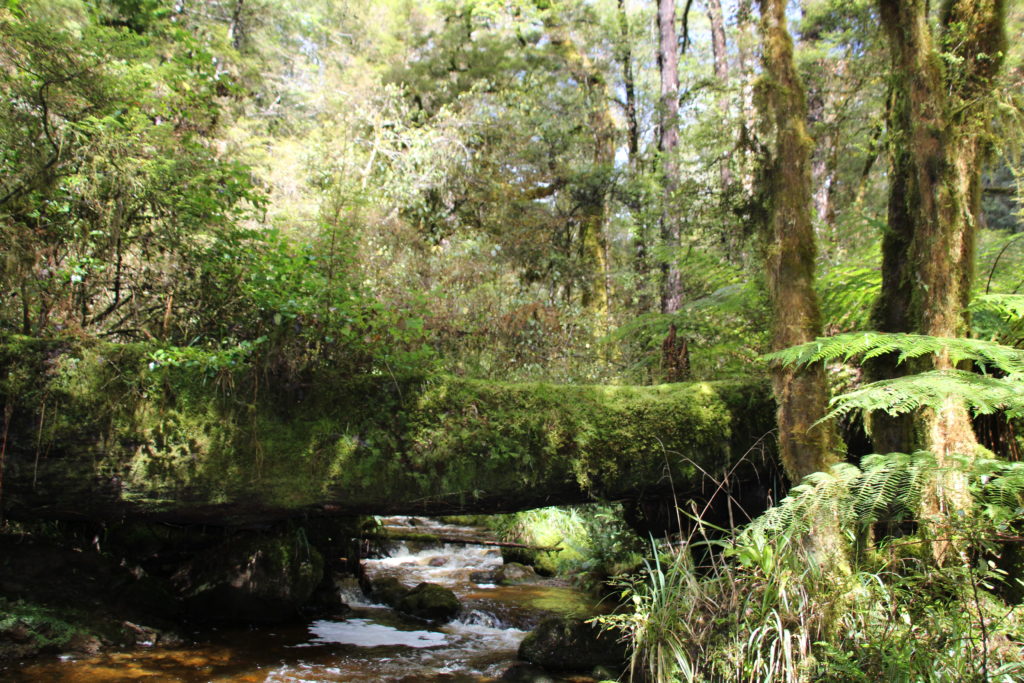
Field co-ordinator, John Caygill reckons it’s “a bit of a scramble” checking the traplines on the Rainy Creek Project, “And on some lines there’s a lot of scramble!” he says. Rainy Creek is situated just east of Reefton, on the South Island’s West Coast. John himself lives in Greymouth, an hour’s drive away, but comes … Continue reading Bush savvy volunteers have ‘a bit of a scramble’
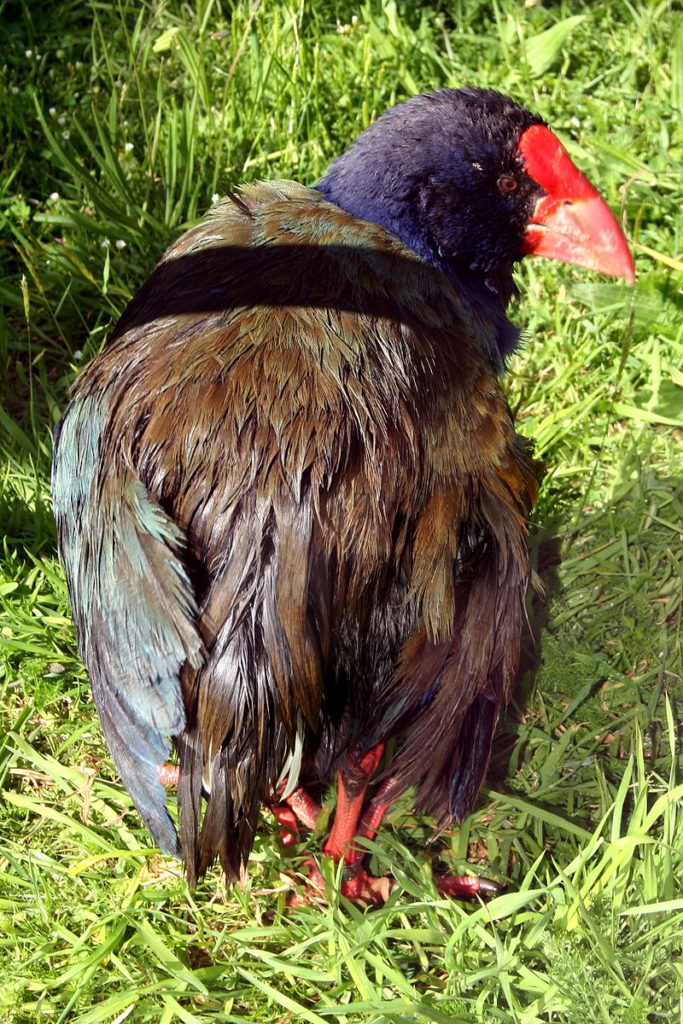
How much trapping does it take to make a difference? Sometimes even a small difference can make all the difference to a species that is at a borderline point for sustaining its population. In a recent edition of the New Zealand Ornithological Society’s journal Notornis, DOC scientists Jane Tansell, Hannah Edmonds and Hugh Robertson reported … Continue reading Takahe protection benefits the neighbours

In Central Otago the locals are becoming increasingly proud of their giant lizards. “Reptiles are our megafauna,” says Grant Norbury, a Landcare Research scientist based in Alexandra and chair of the Central Otago Ecological Trust, which created a small fenced sanctuary and released the first rare lizards there back in 2009. But the reptiles weren’t … Continue reading Sanctuary raises profile of endemic lizards
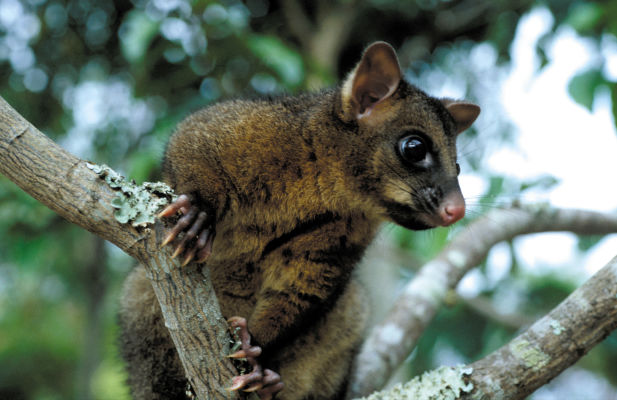
When possums live in an urban landscape, their fondness for fruit, flowers and foliage quickly makes then unpopular with gardeners. They can be noisy on the roof at night too. But the impact they’re having on local birdlife may not be quite so obvious. Well fed on apples and roses, urban possums may or may … Continue reading Urban possums – it’s not just about the roses
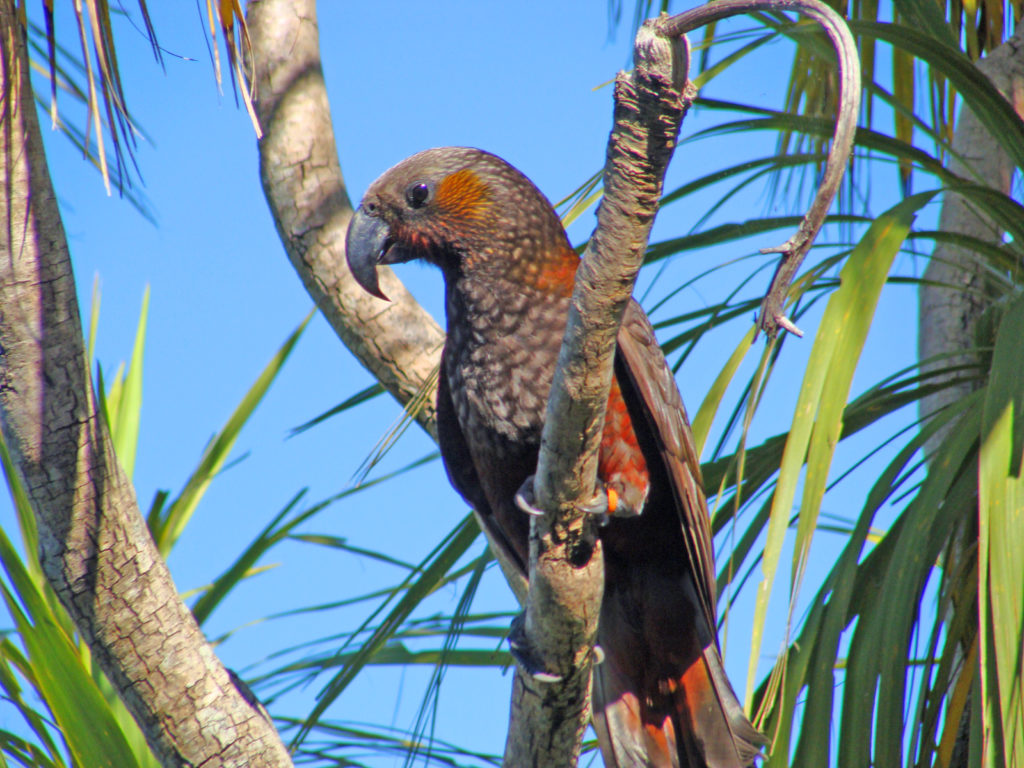
As kaka become a more familiar part of everyday suburban lives in some parts of New Zealand, the city-living parrots are also attracting the attention of researchers interested in the parrot/urban mix. How well are urban kaka learning to adapt to city life and what might be some city threats that they face? Researchers from … Continue reading Urban kaka – how are they adapting to city life?

Inventing a new kind of trap can be a slow kind of process. Sometimes you don’t even know you’re on that journey until you’re well on your way. Take the podiTRAP for example. It’s probably still a year away from commercial release, but the podiTRAP may well be ‘the tool to use’ in the future. … Continue reading New podiTRAP a long time in the making

